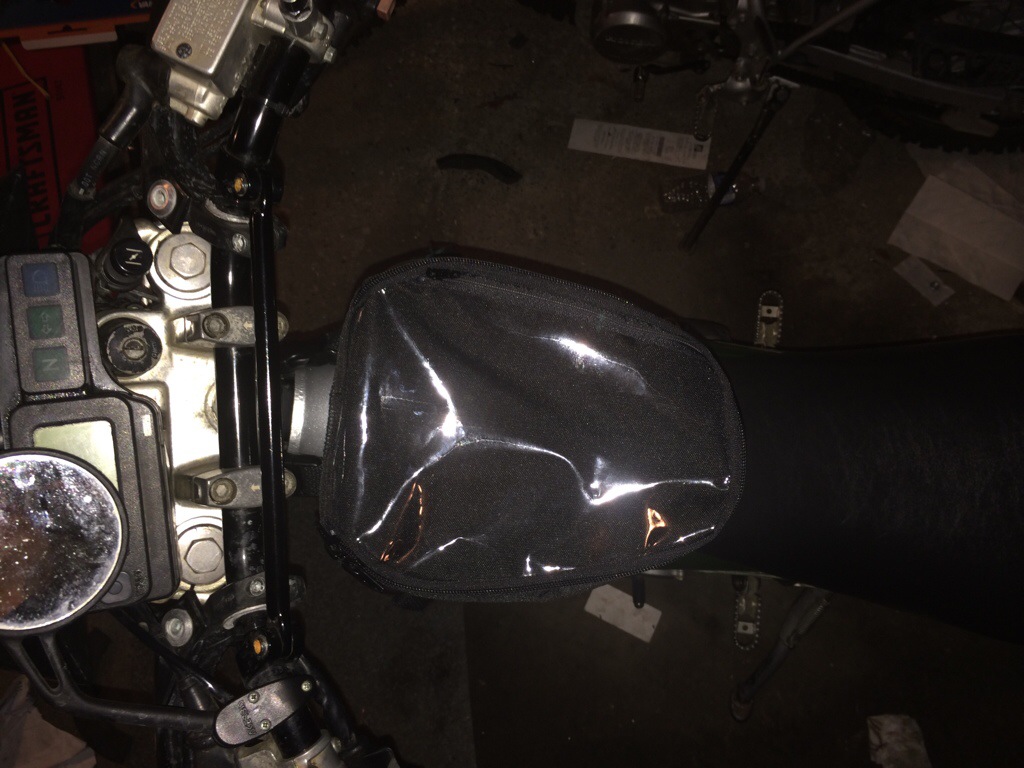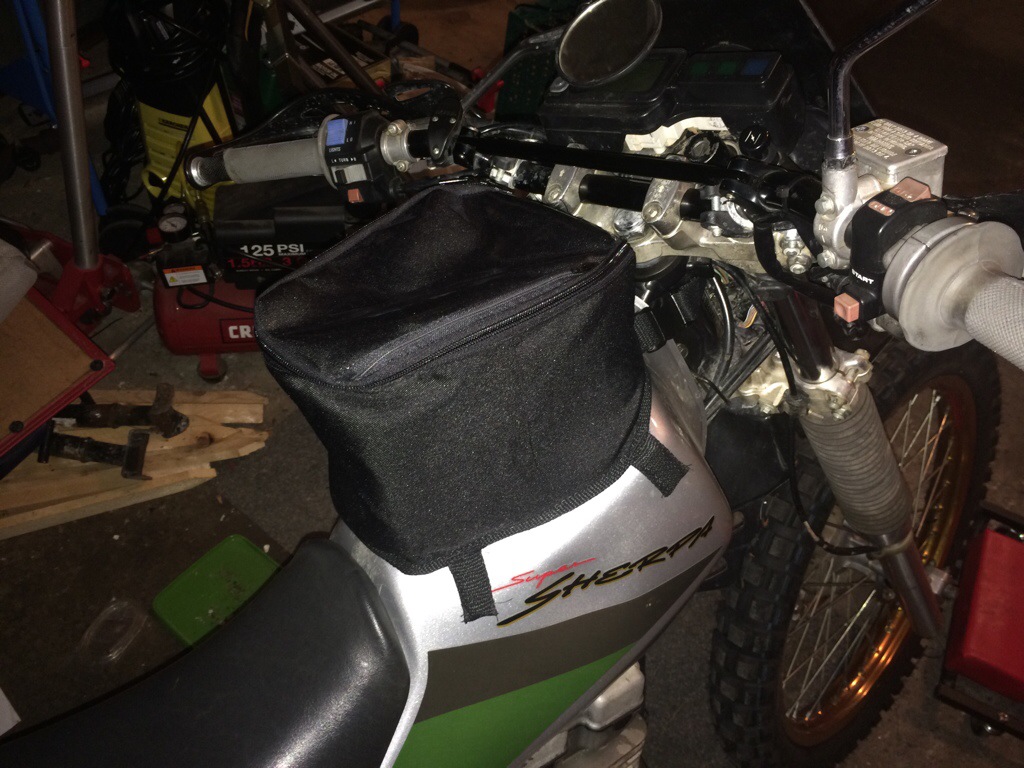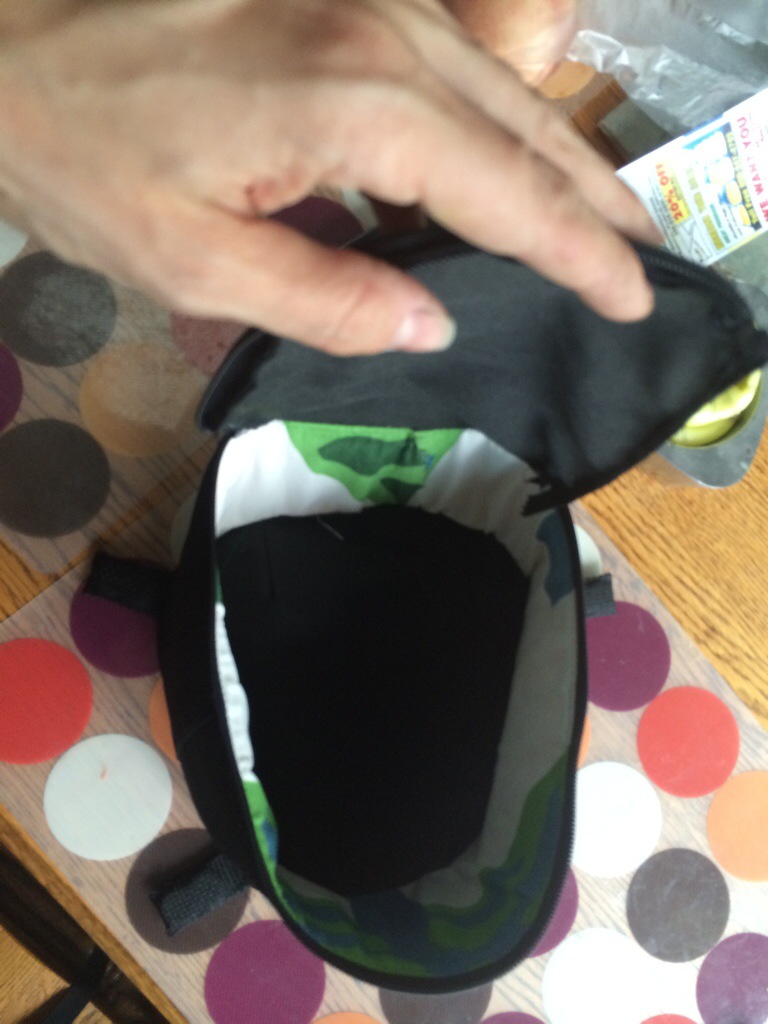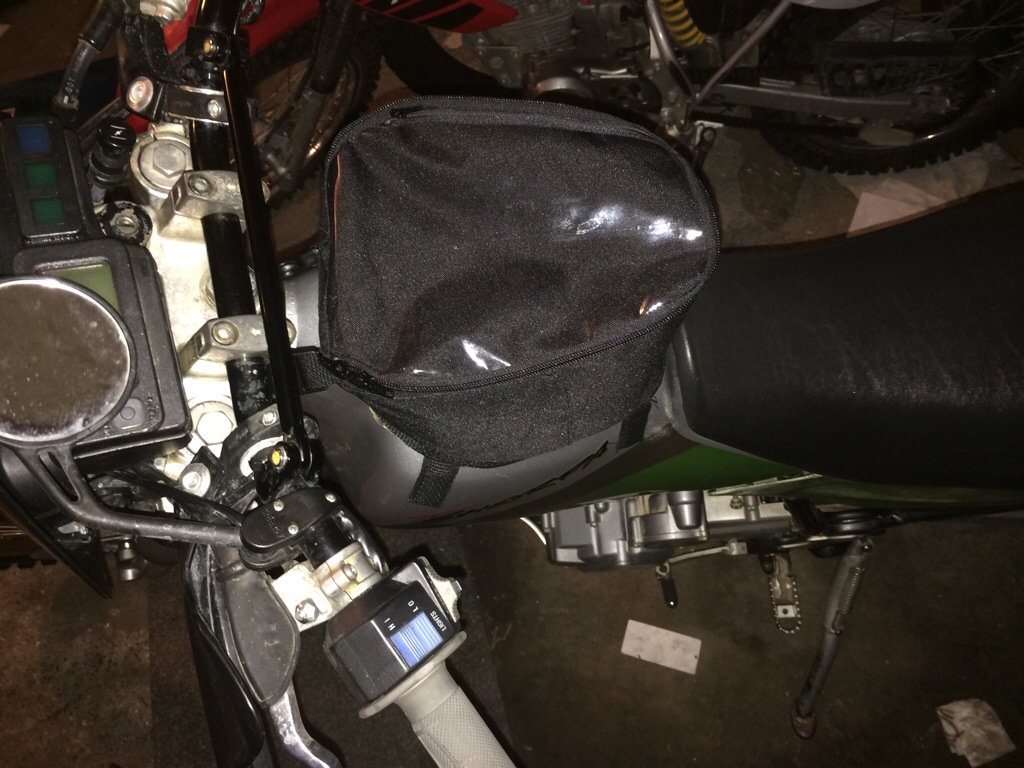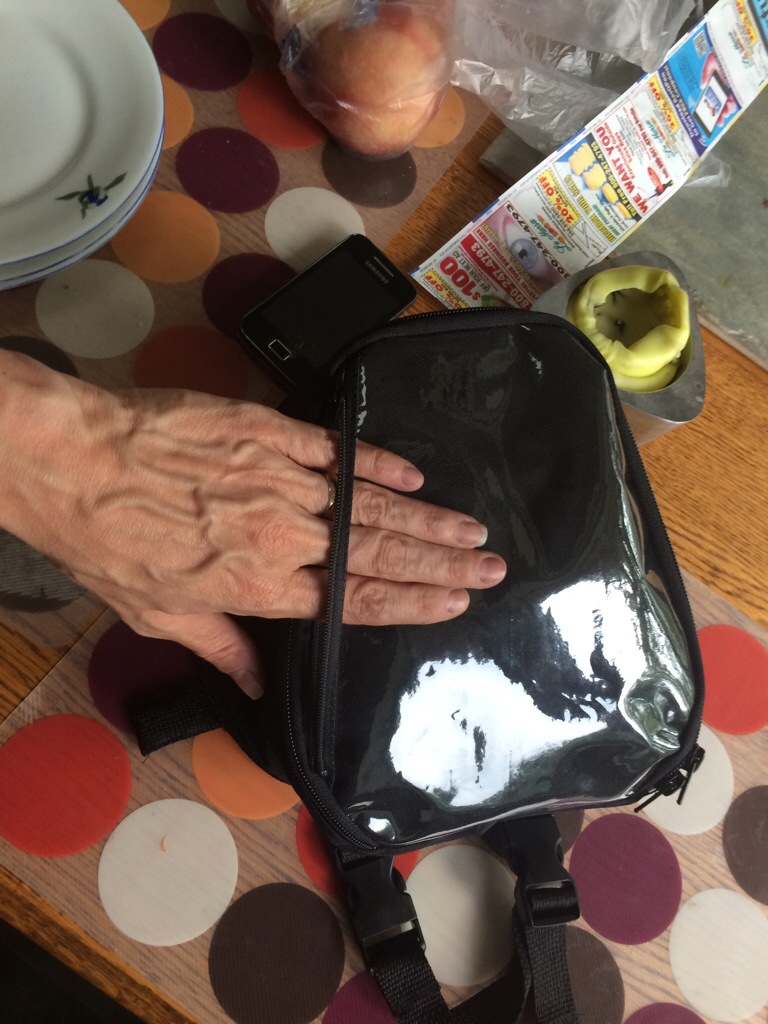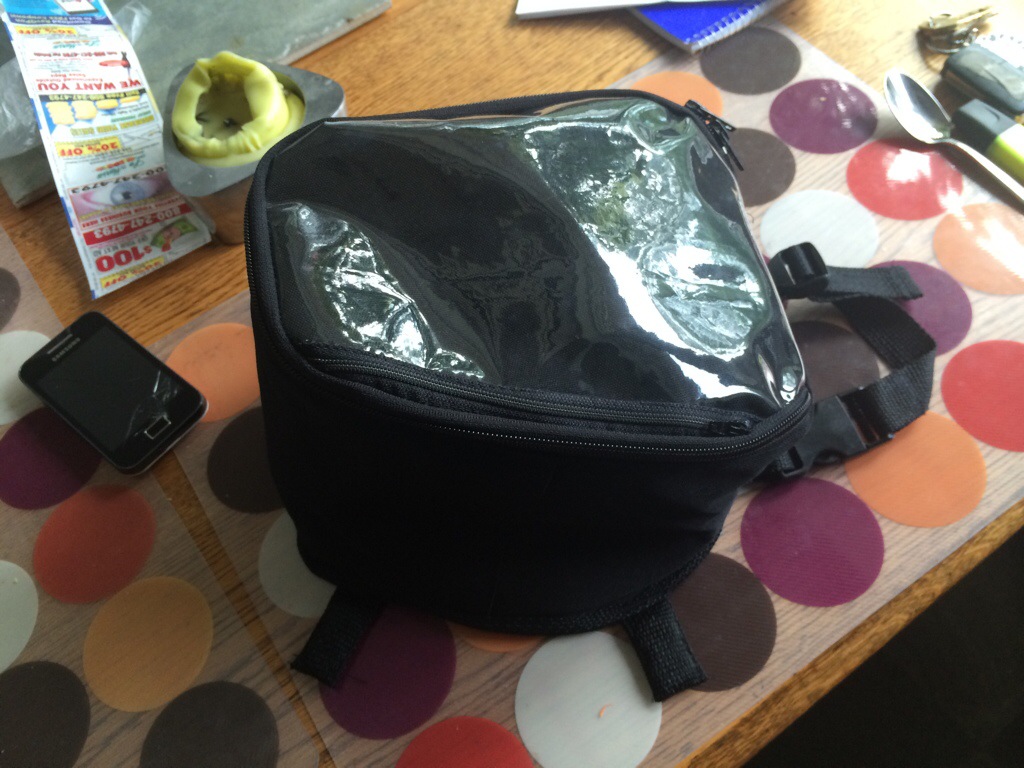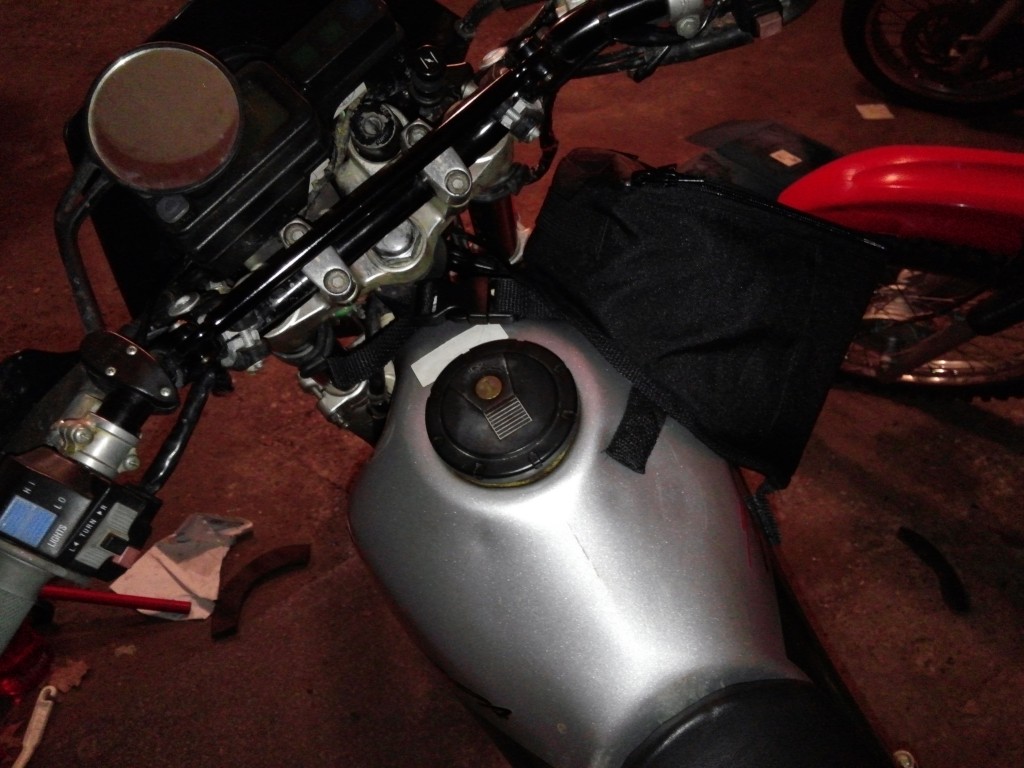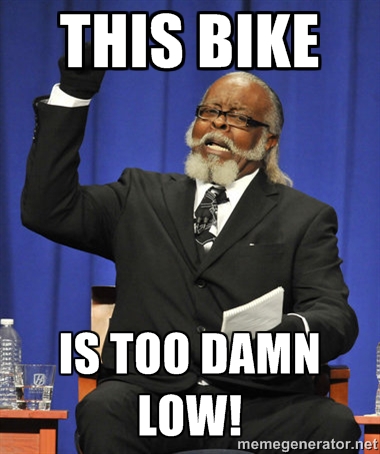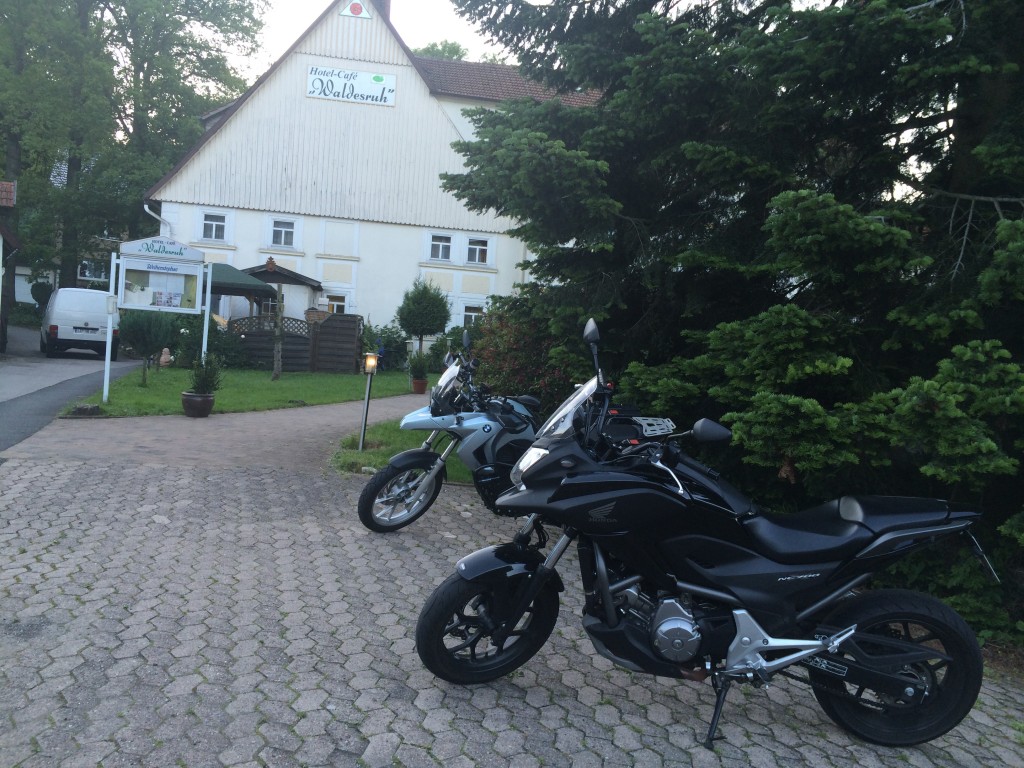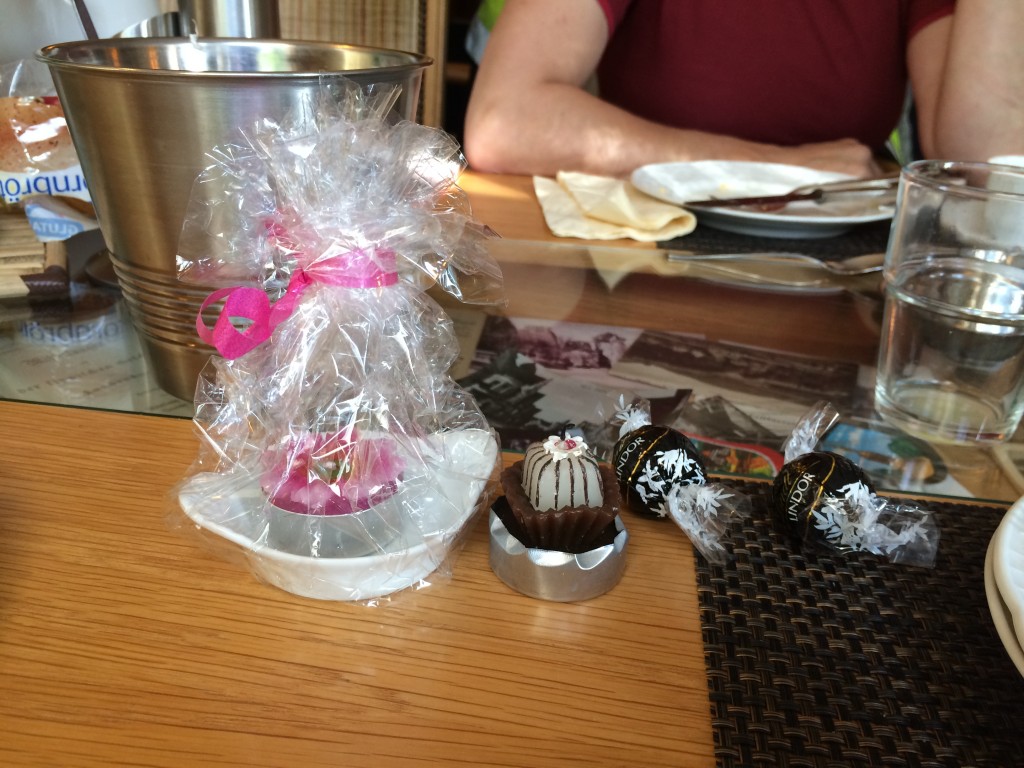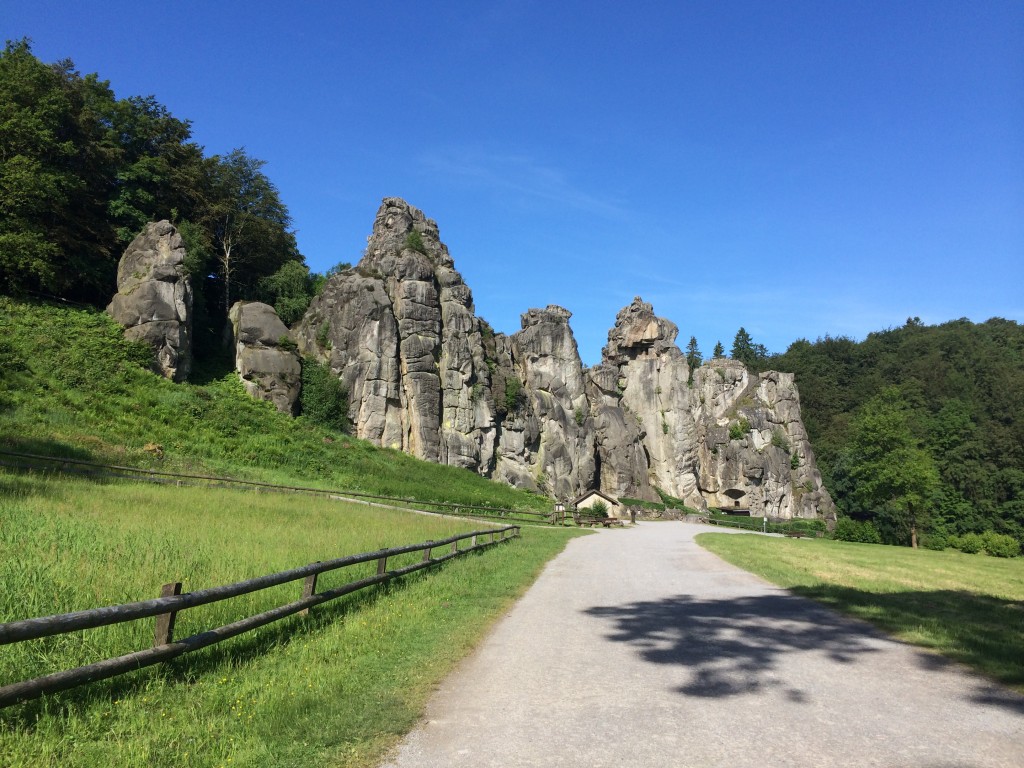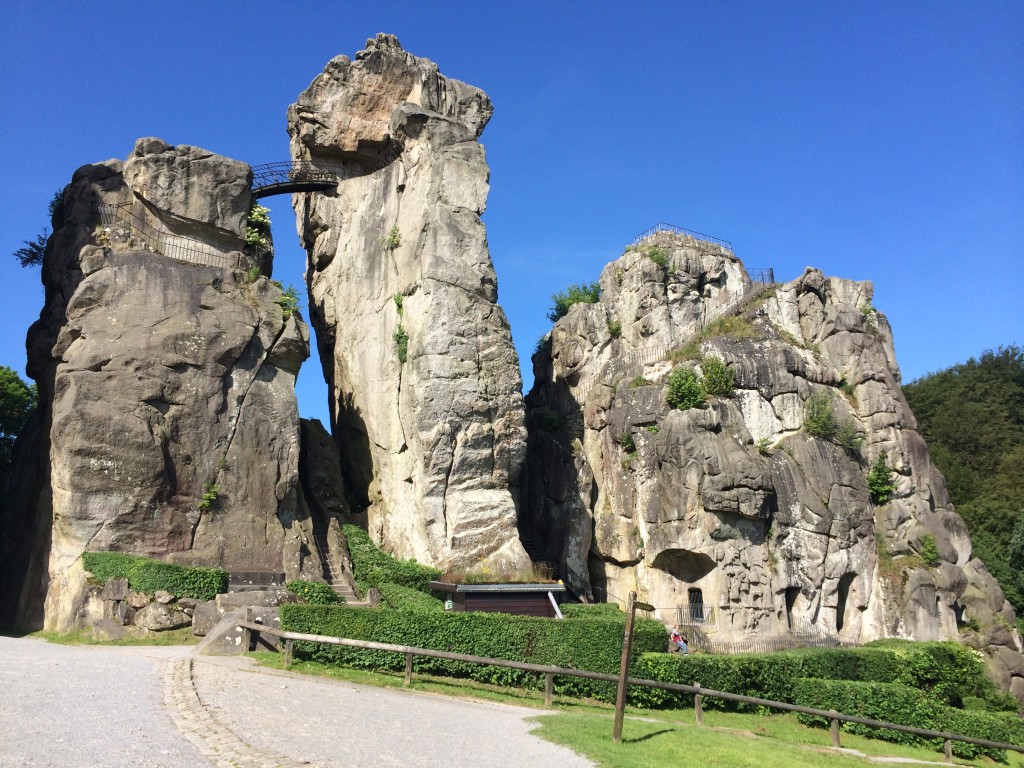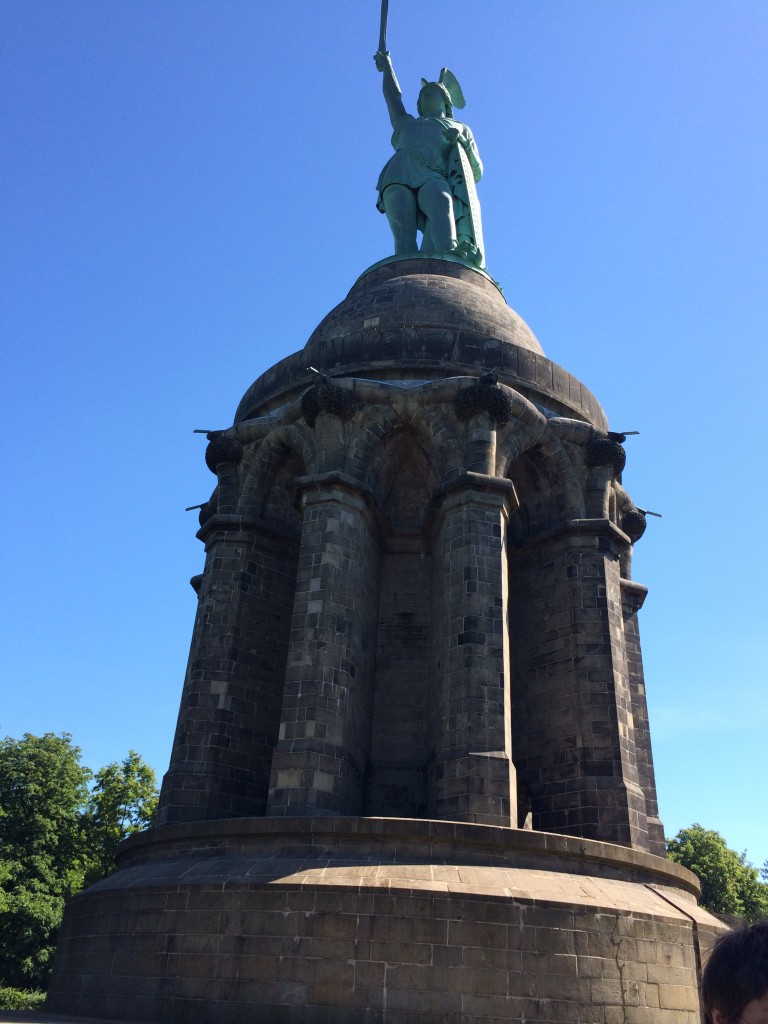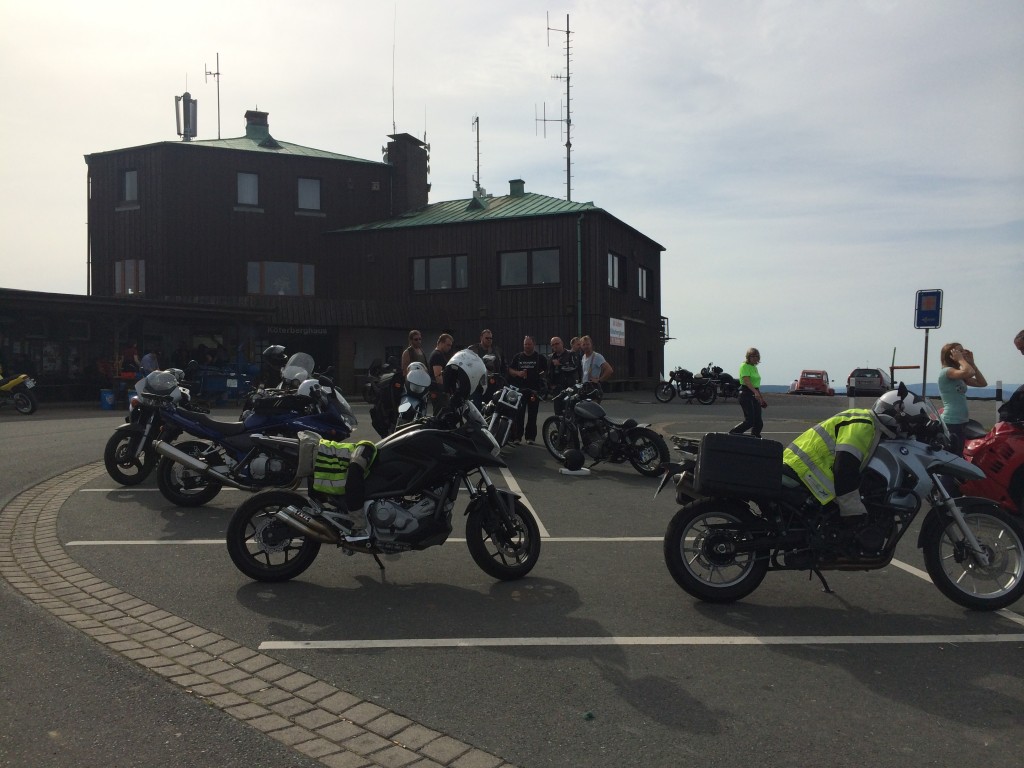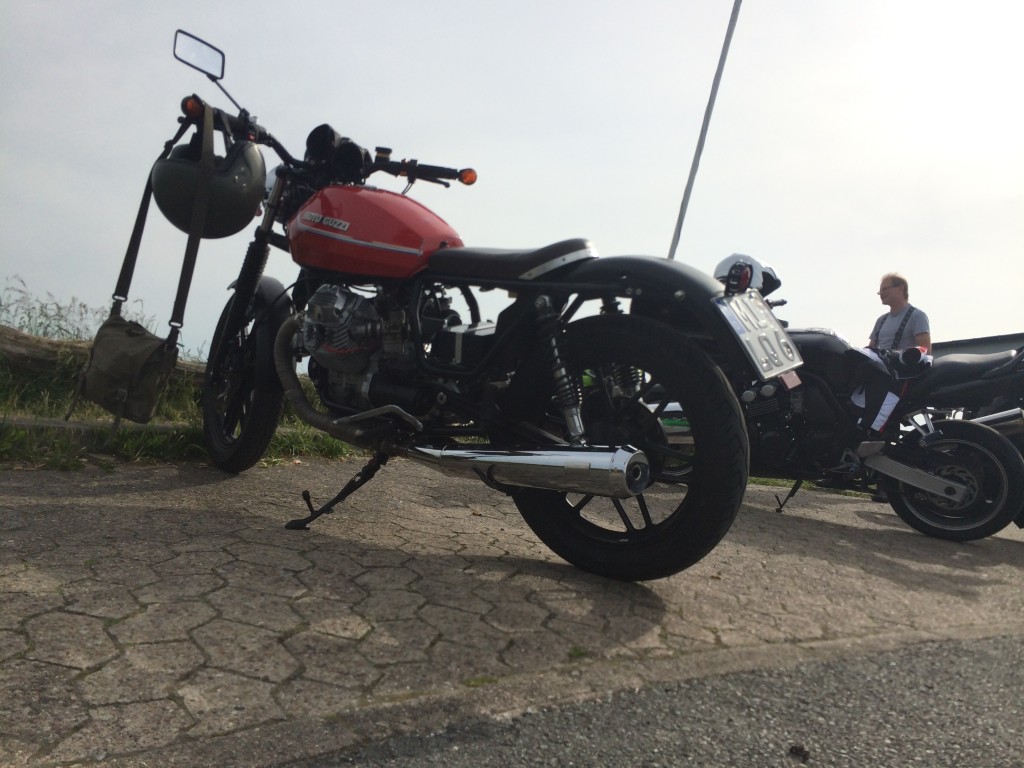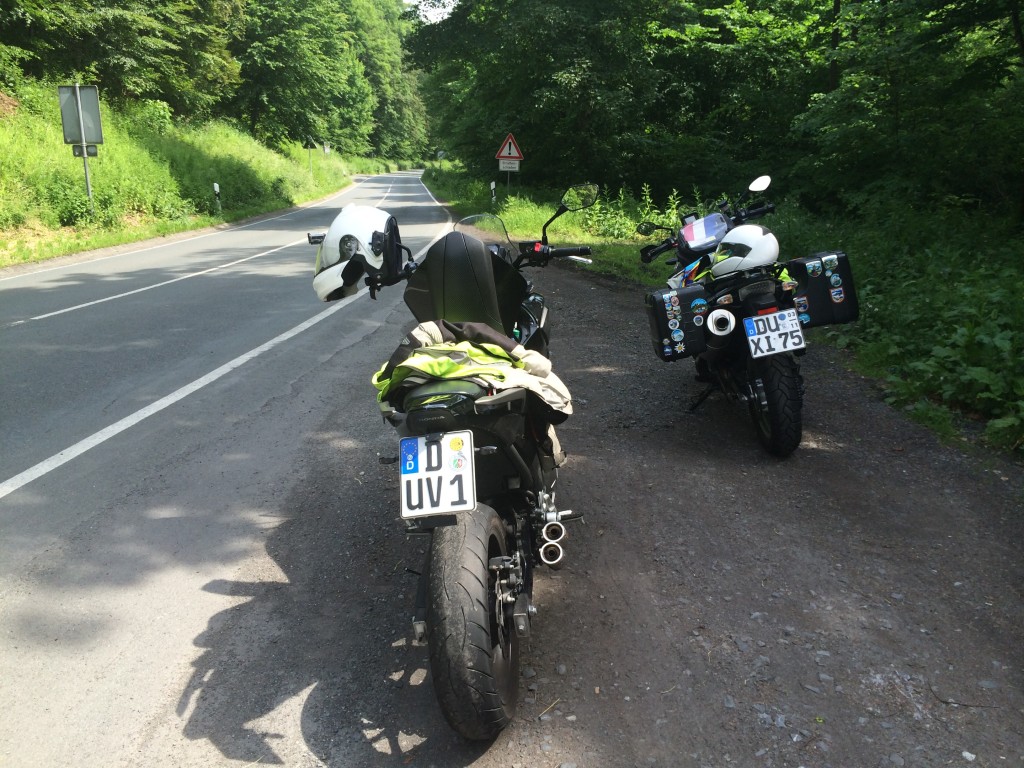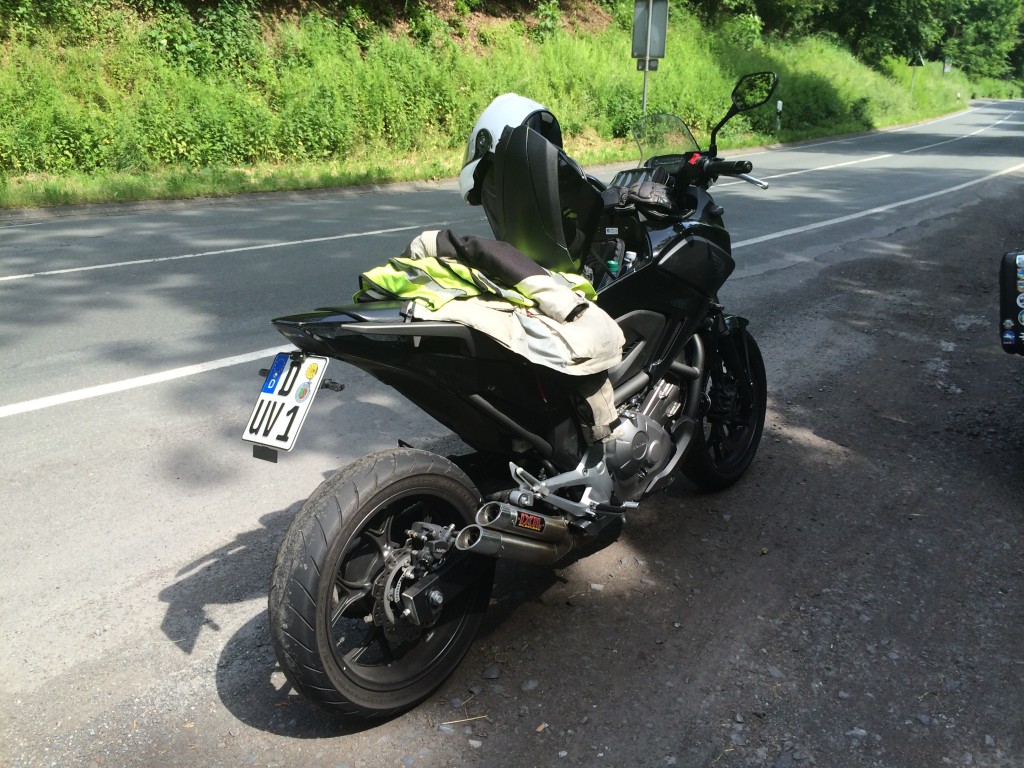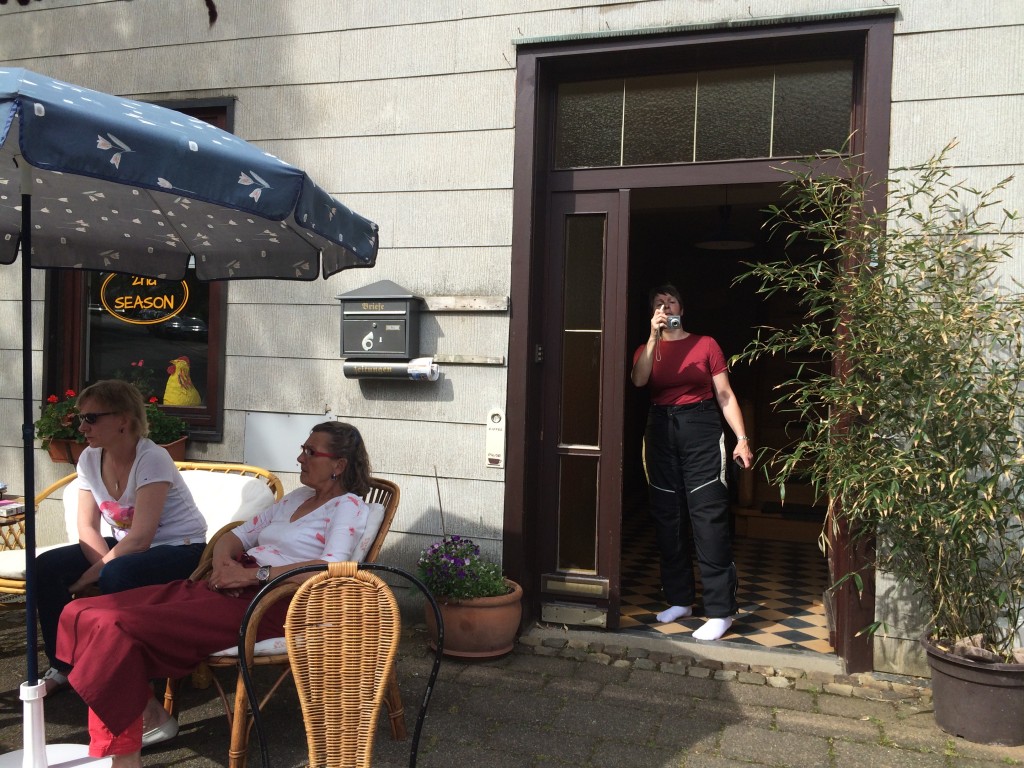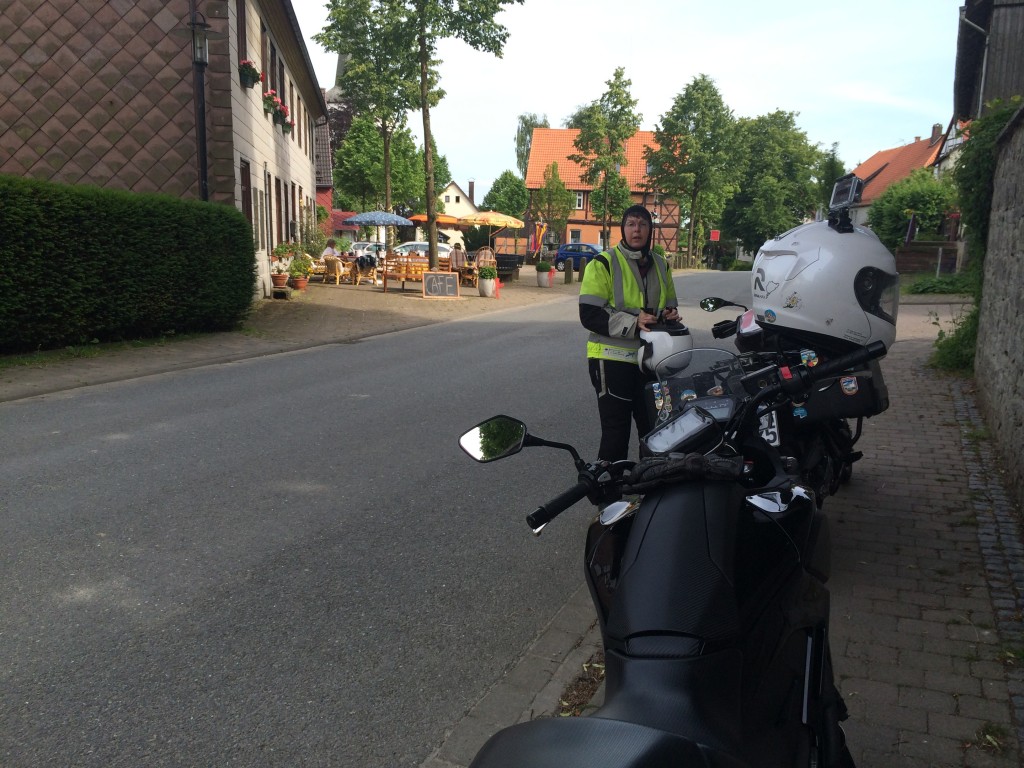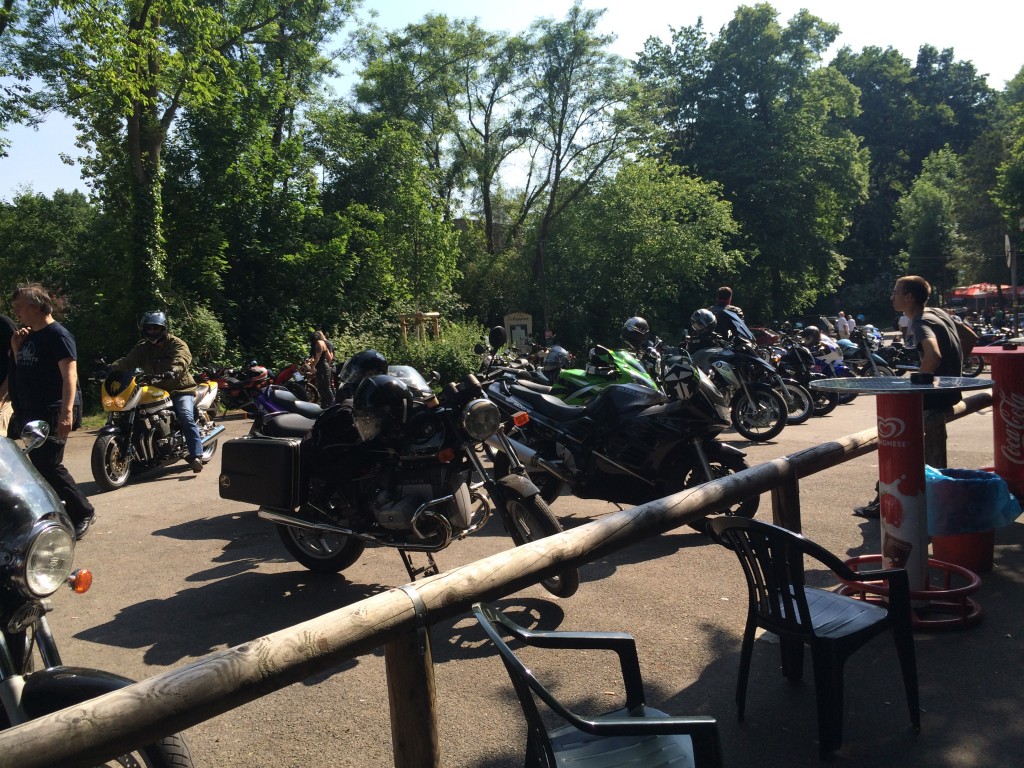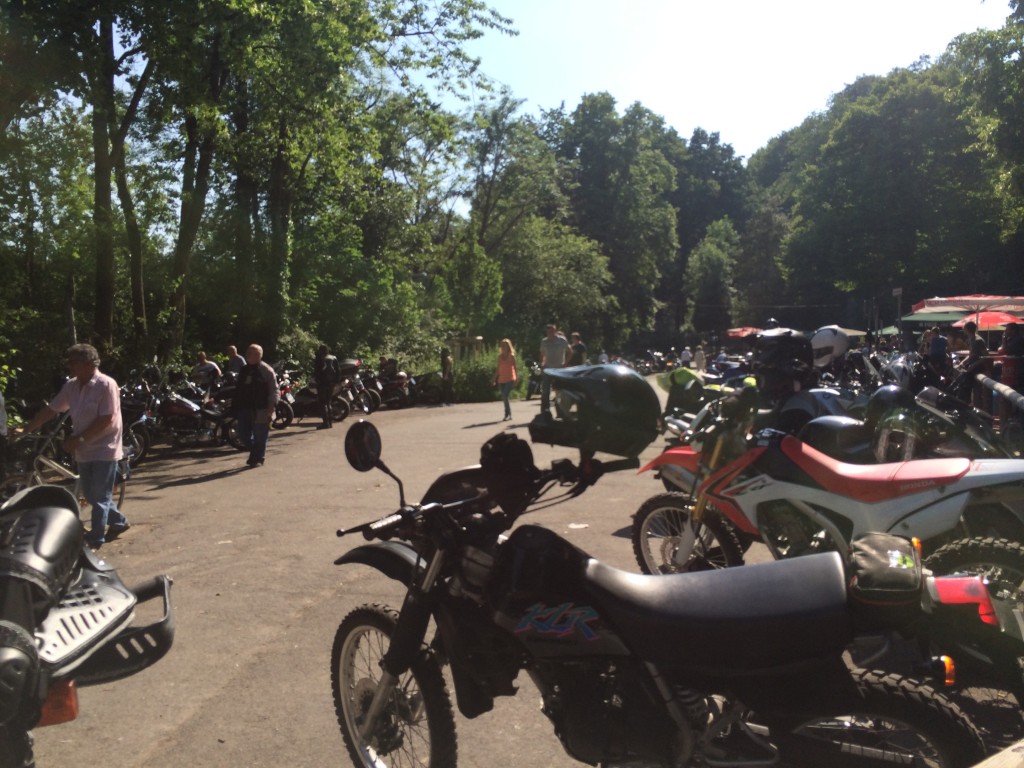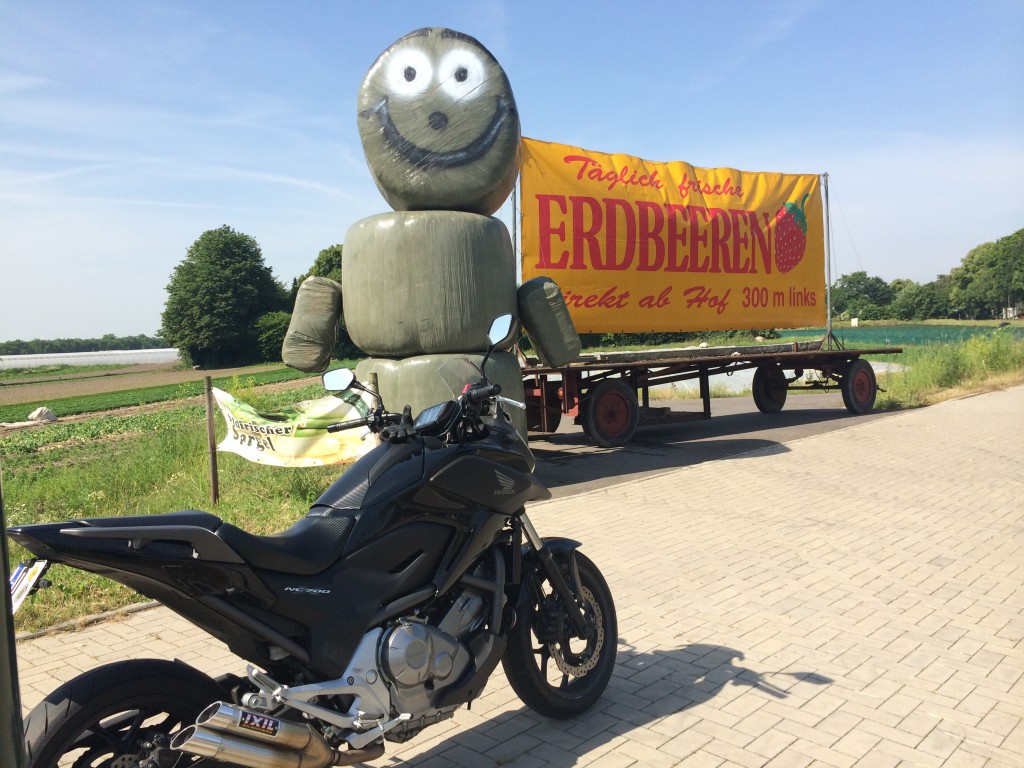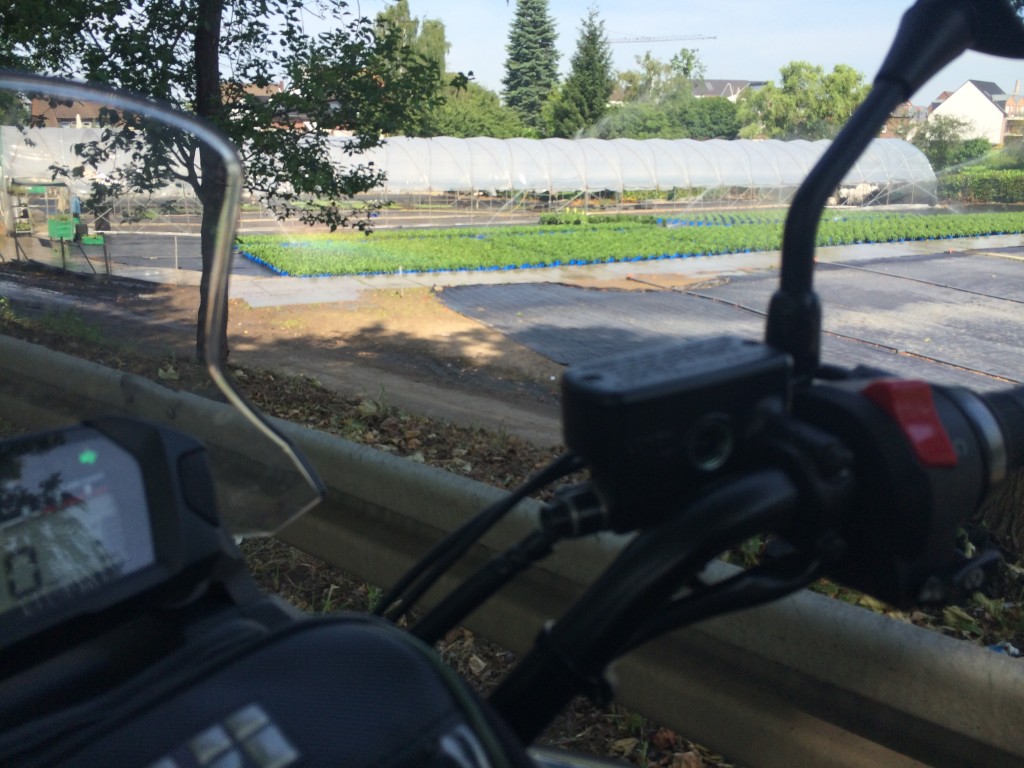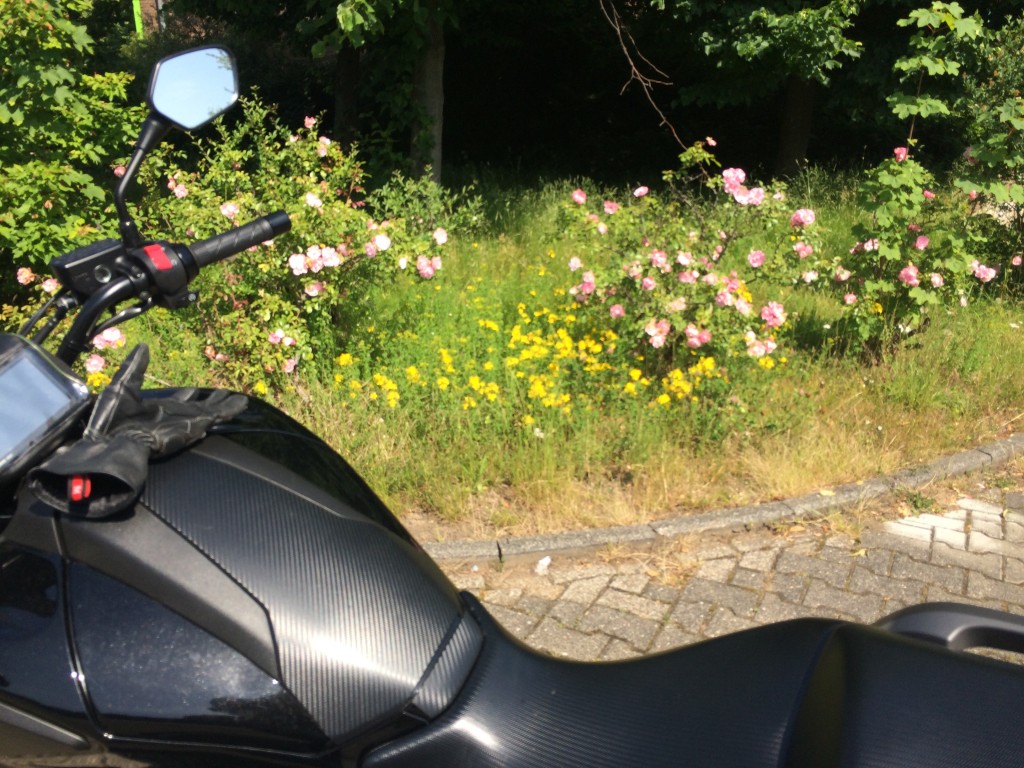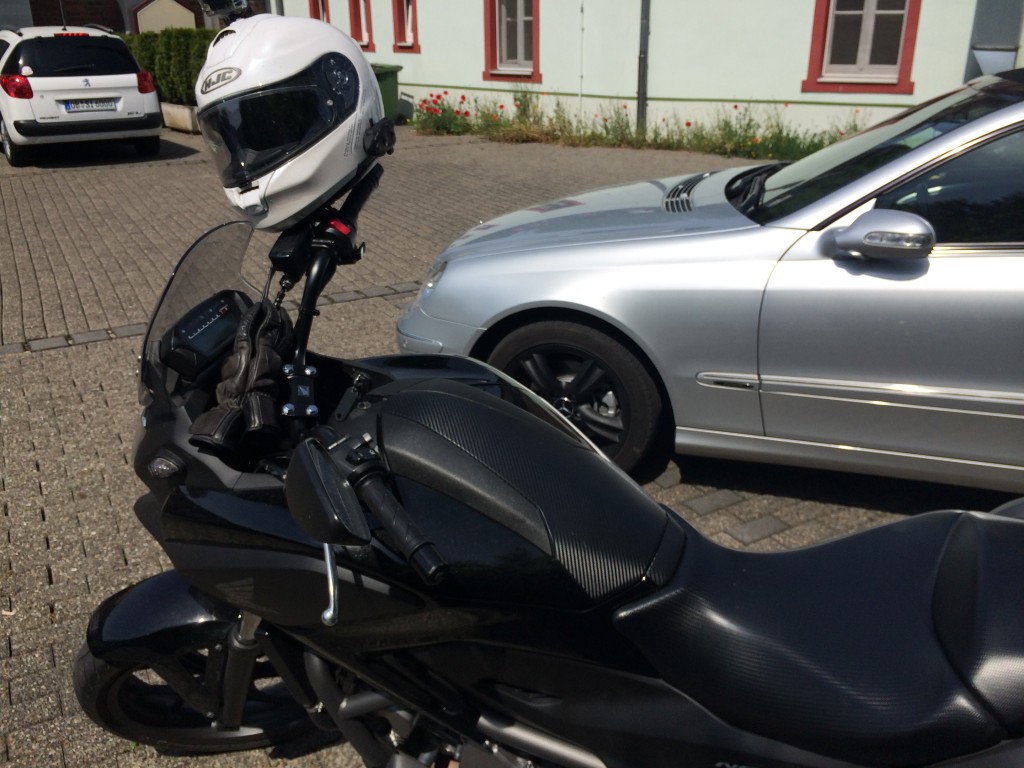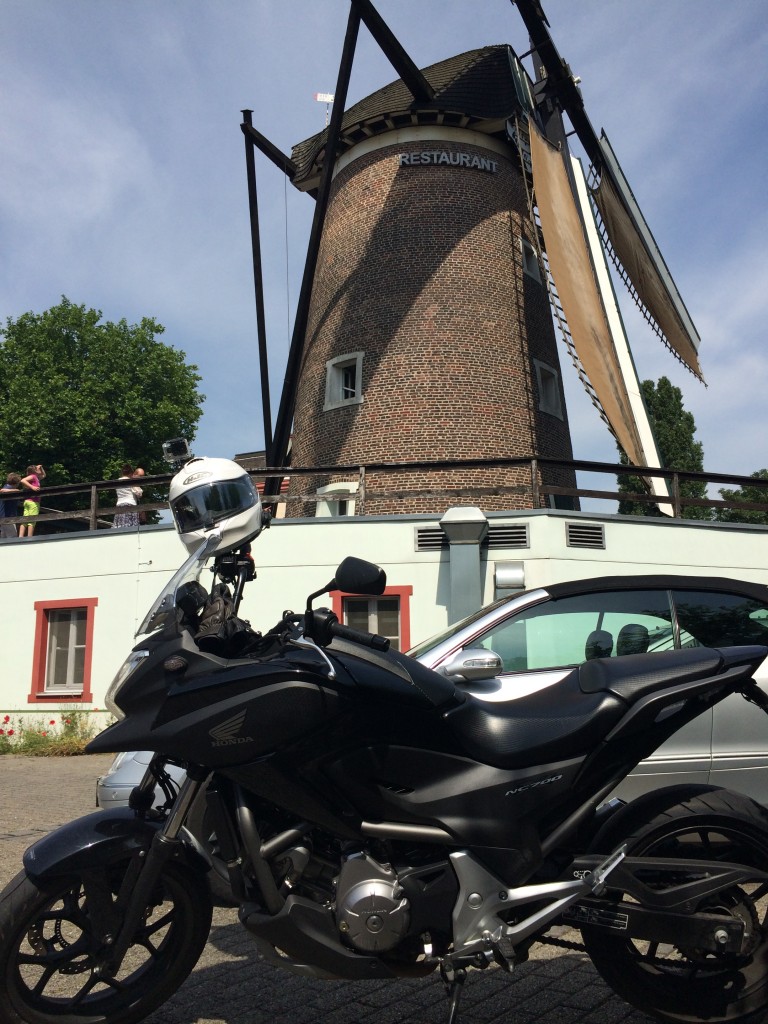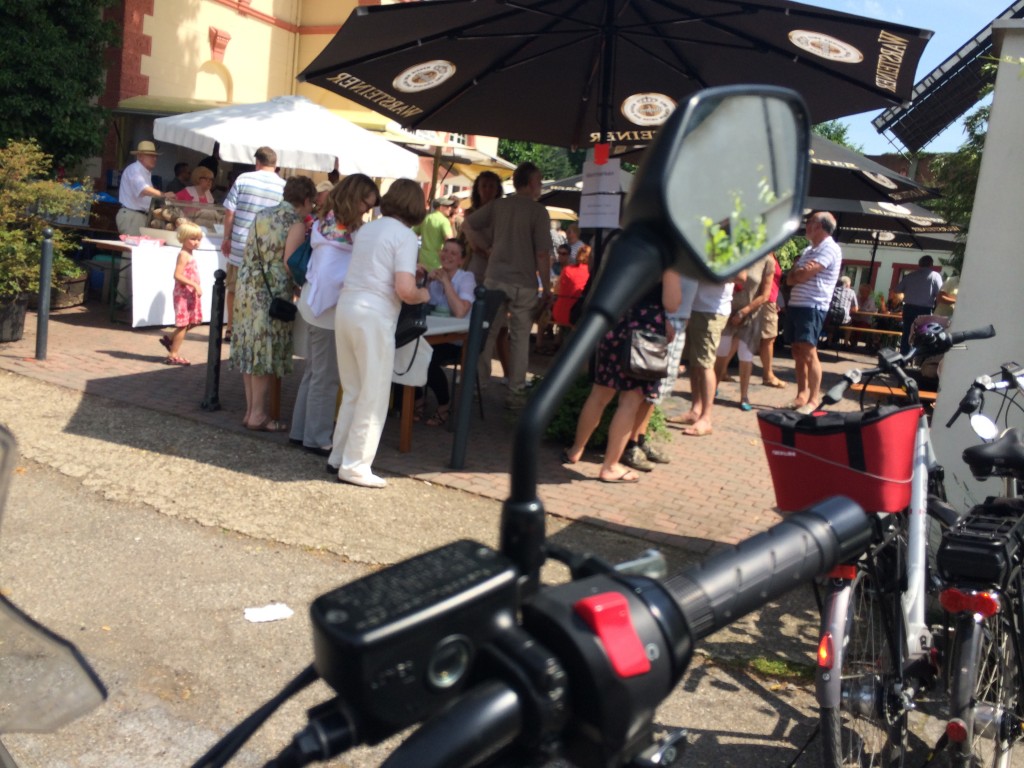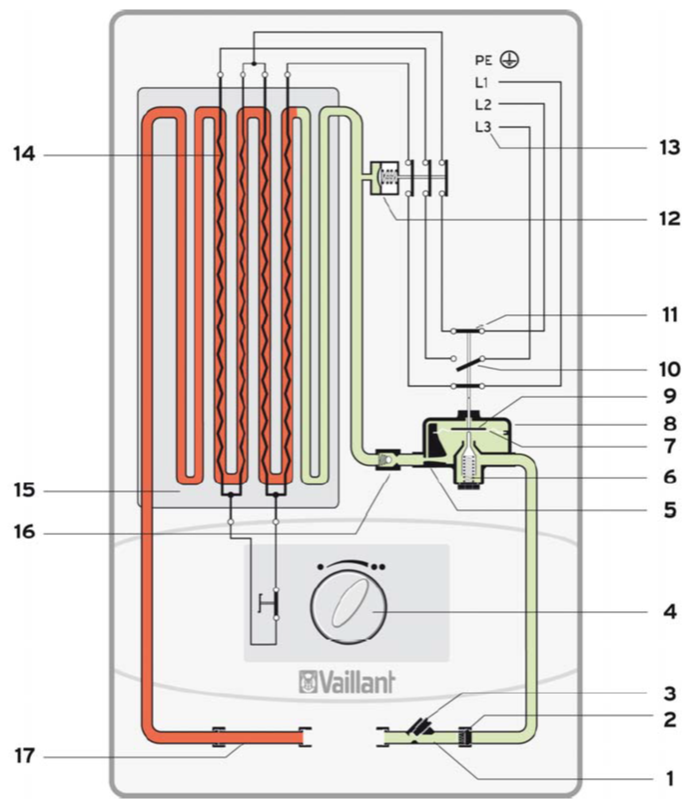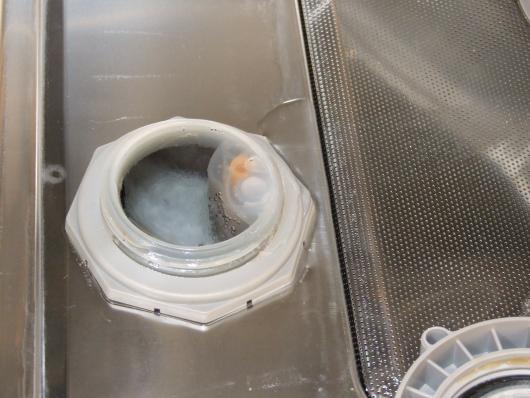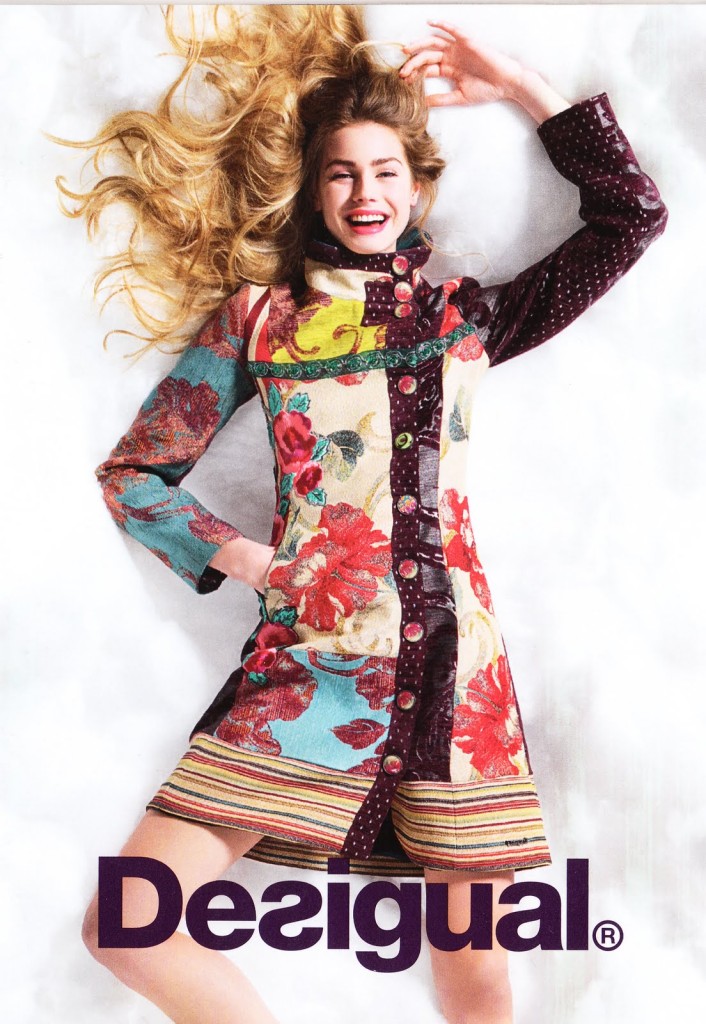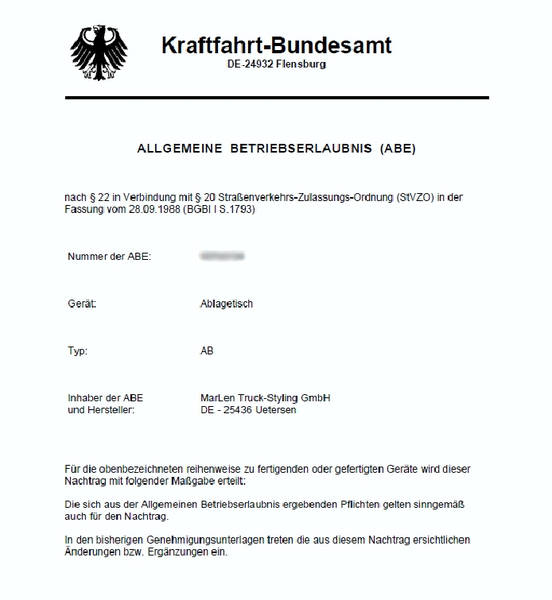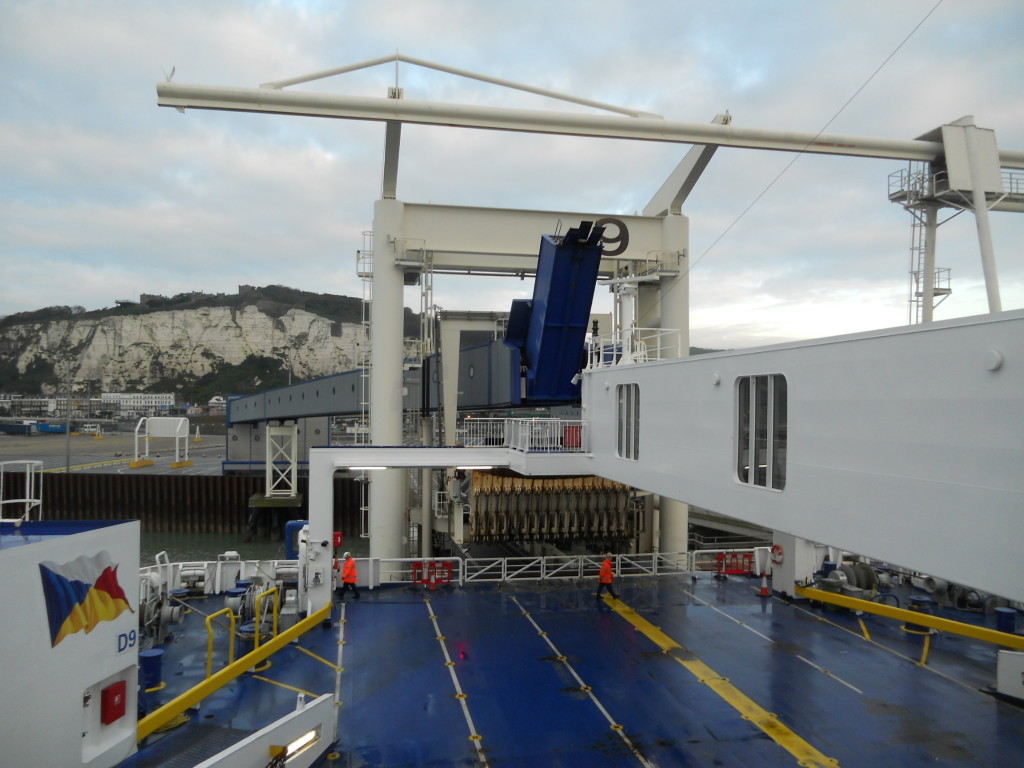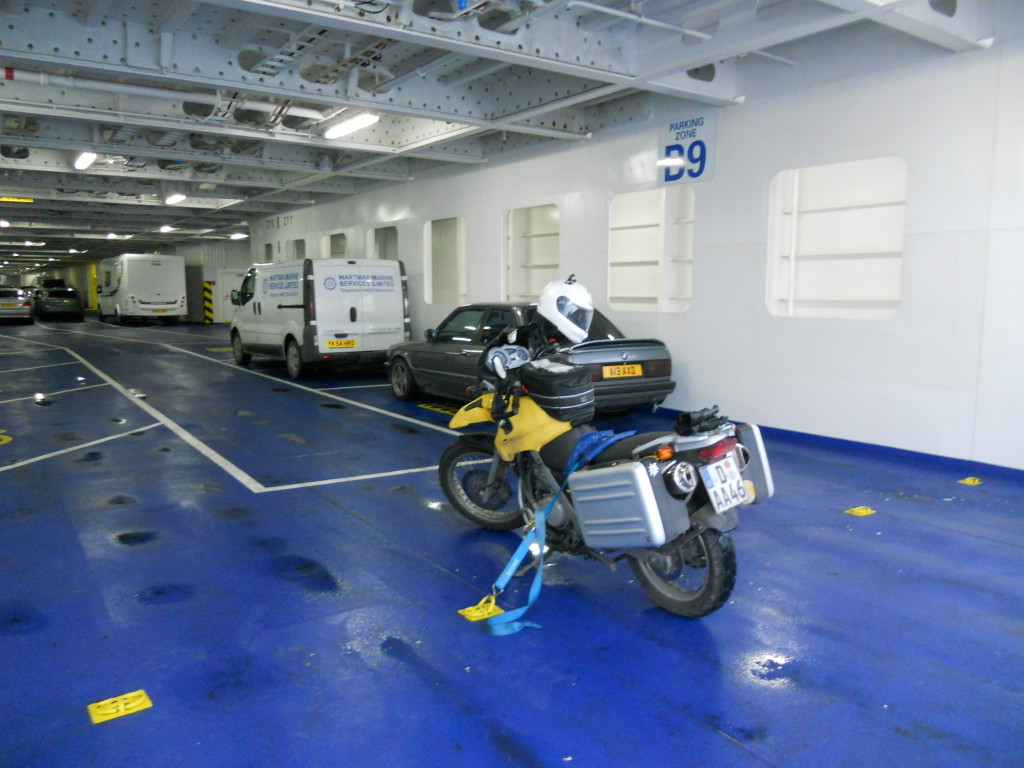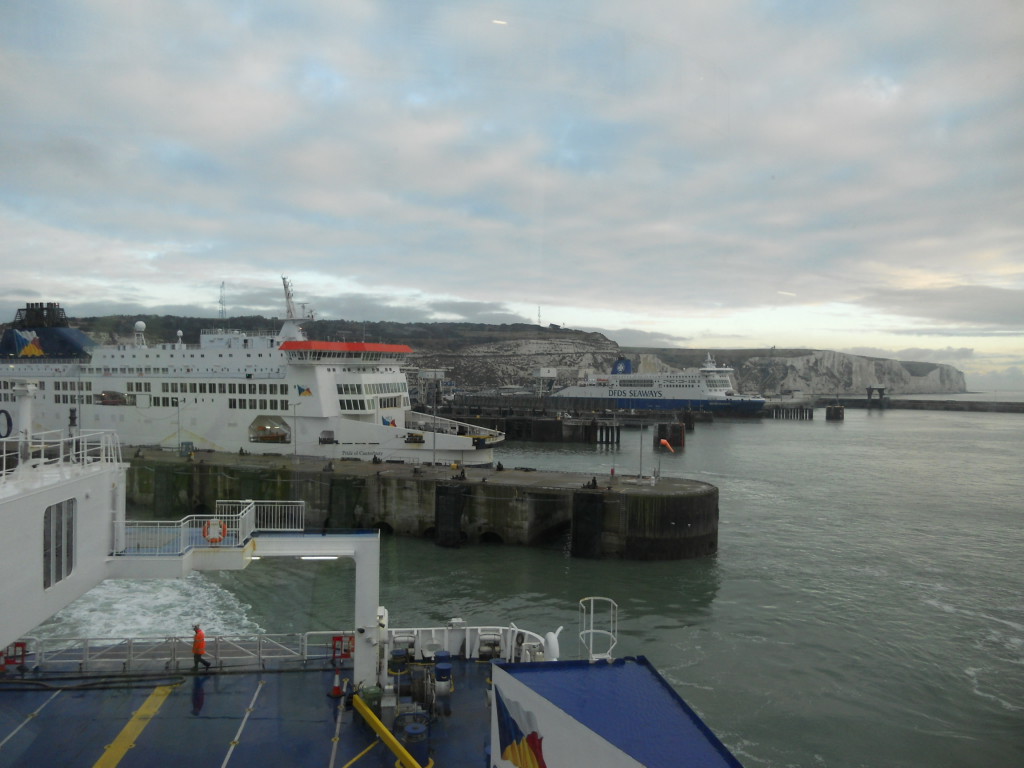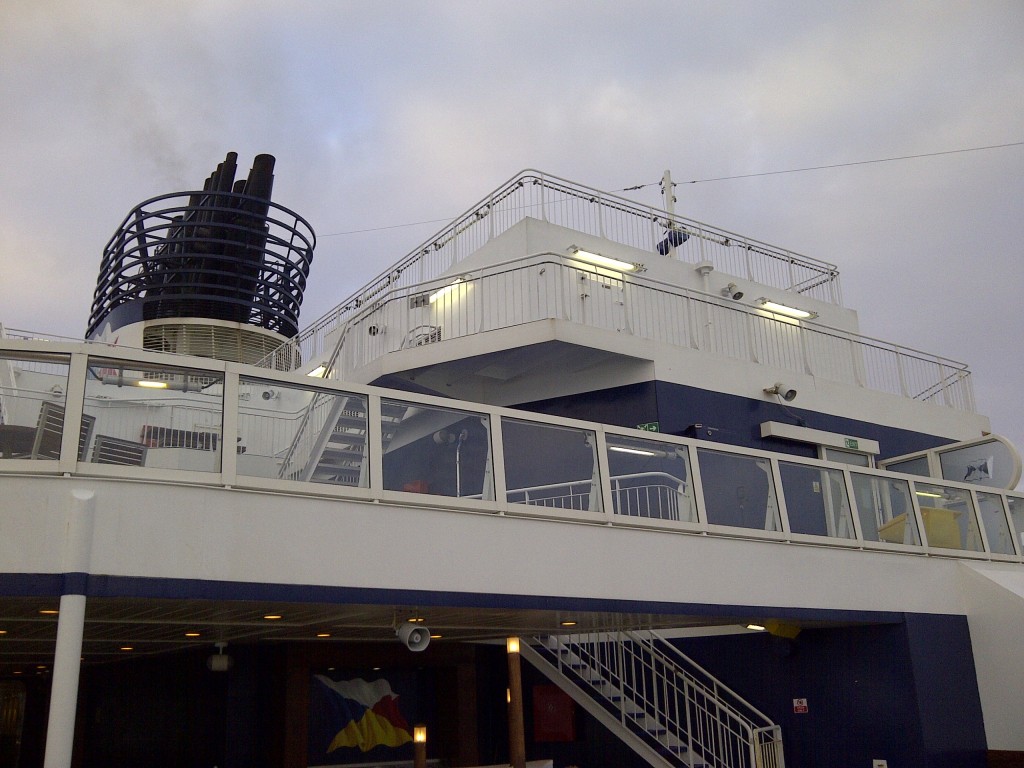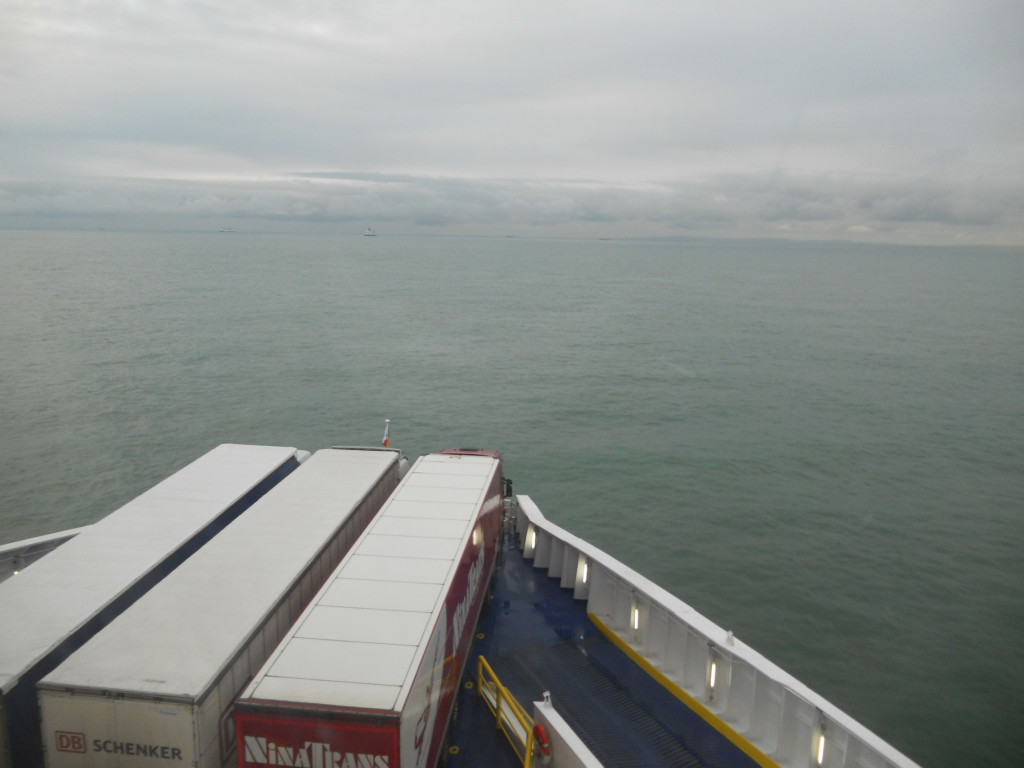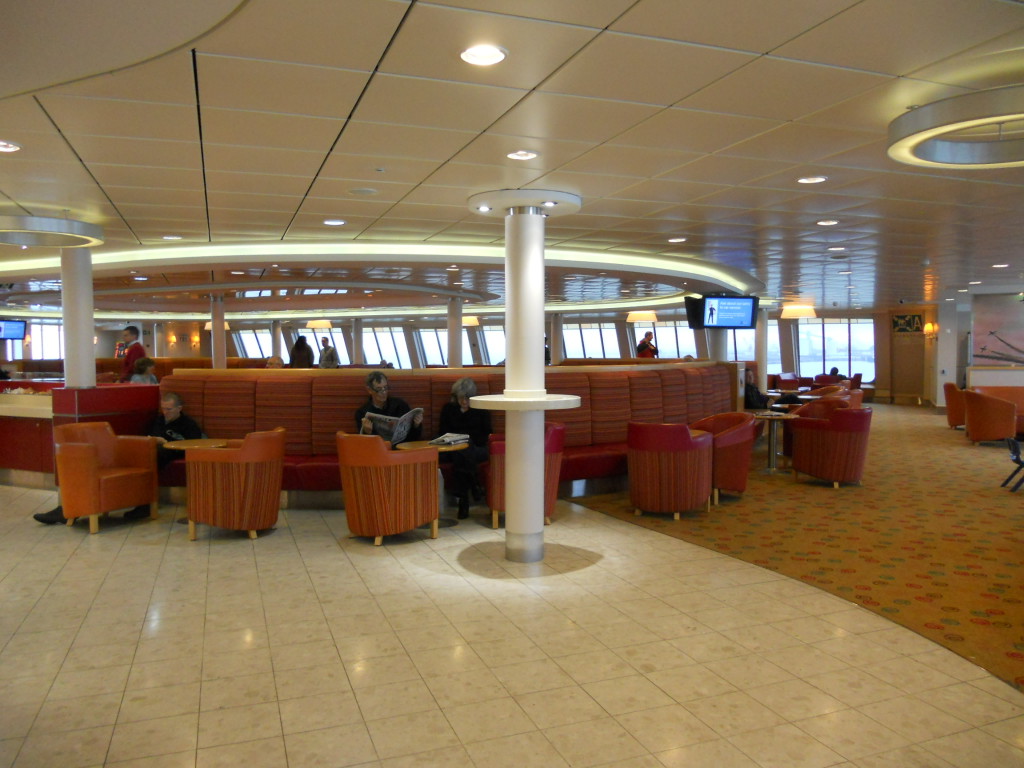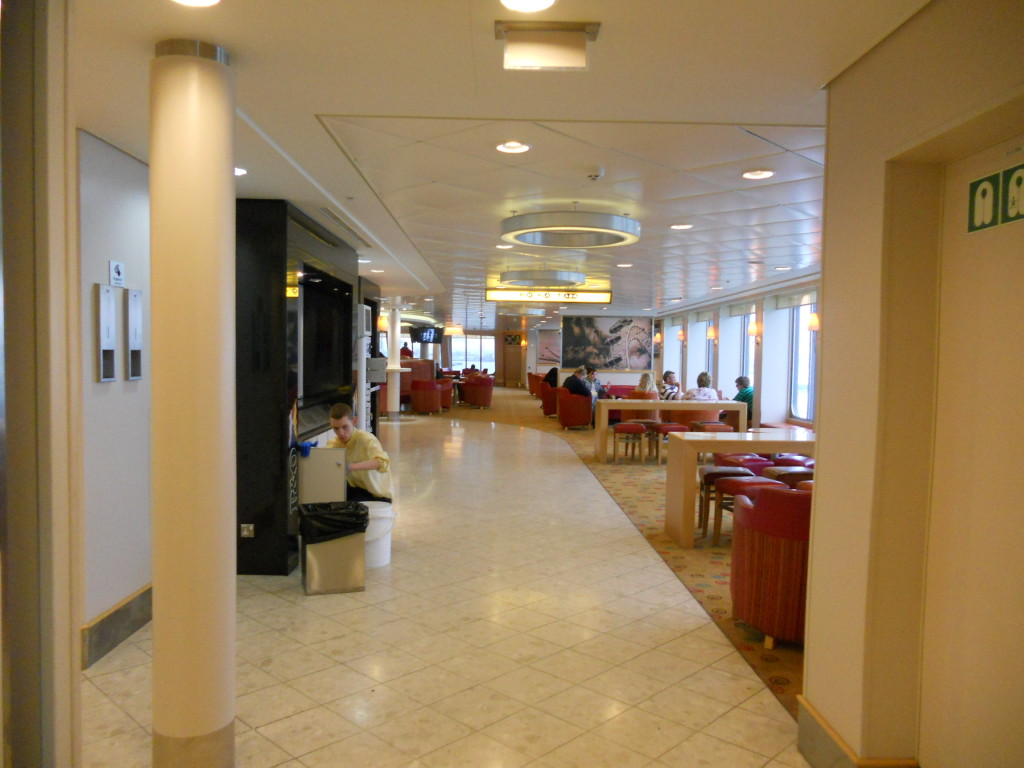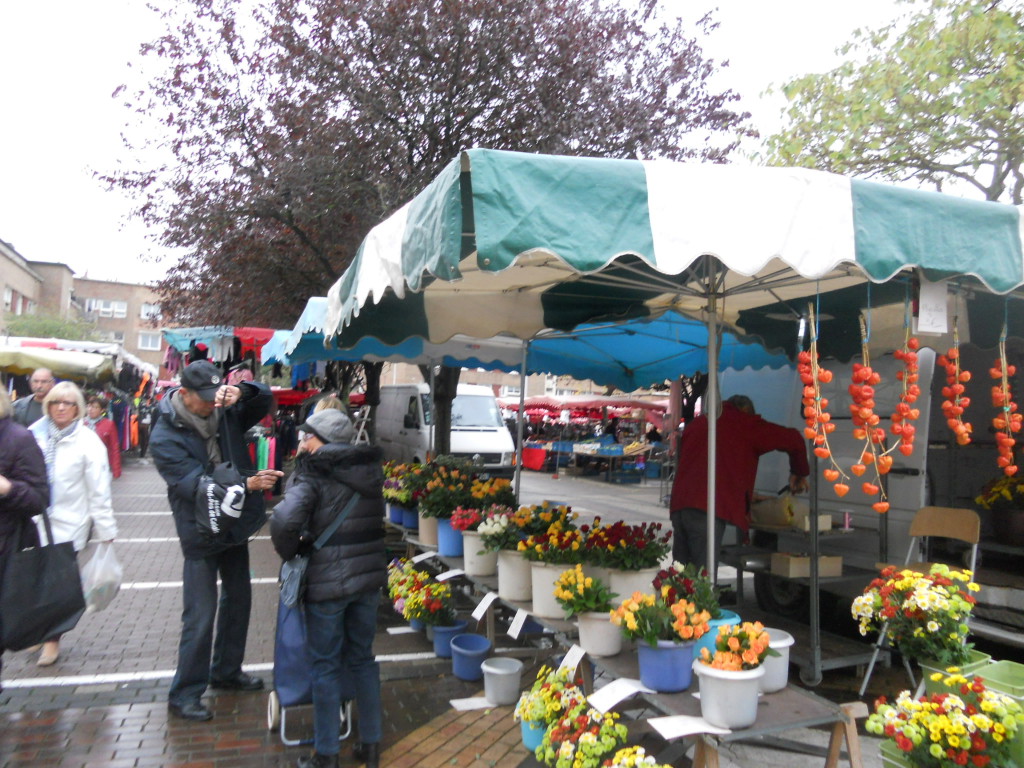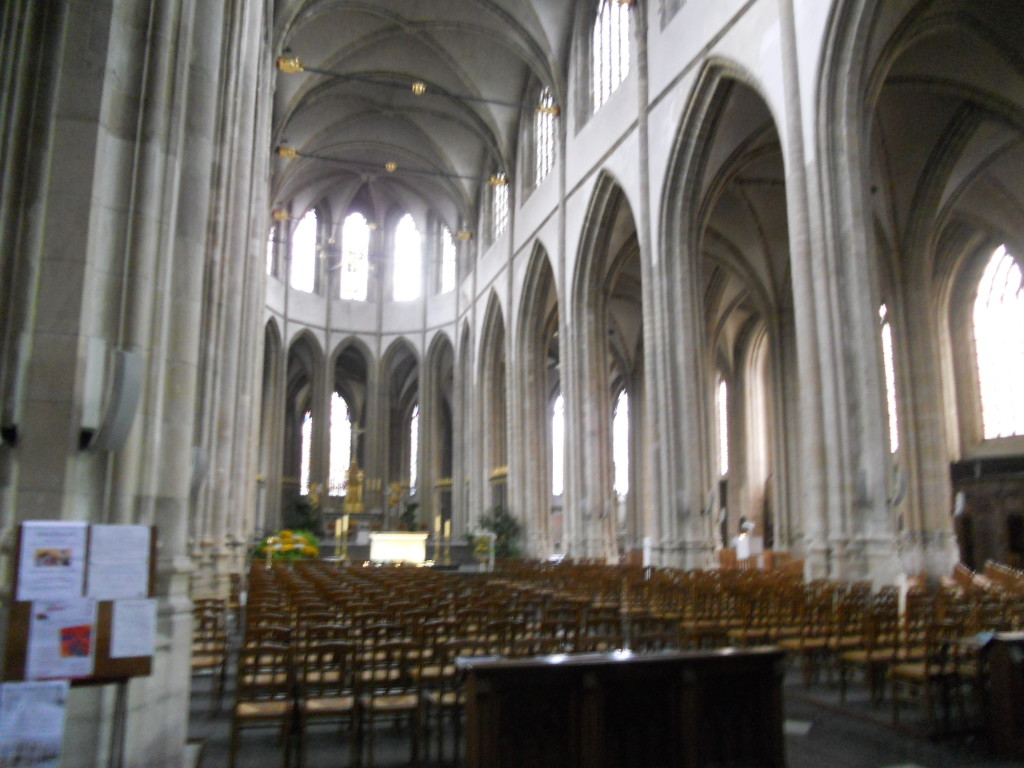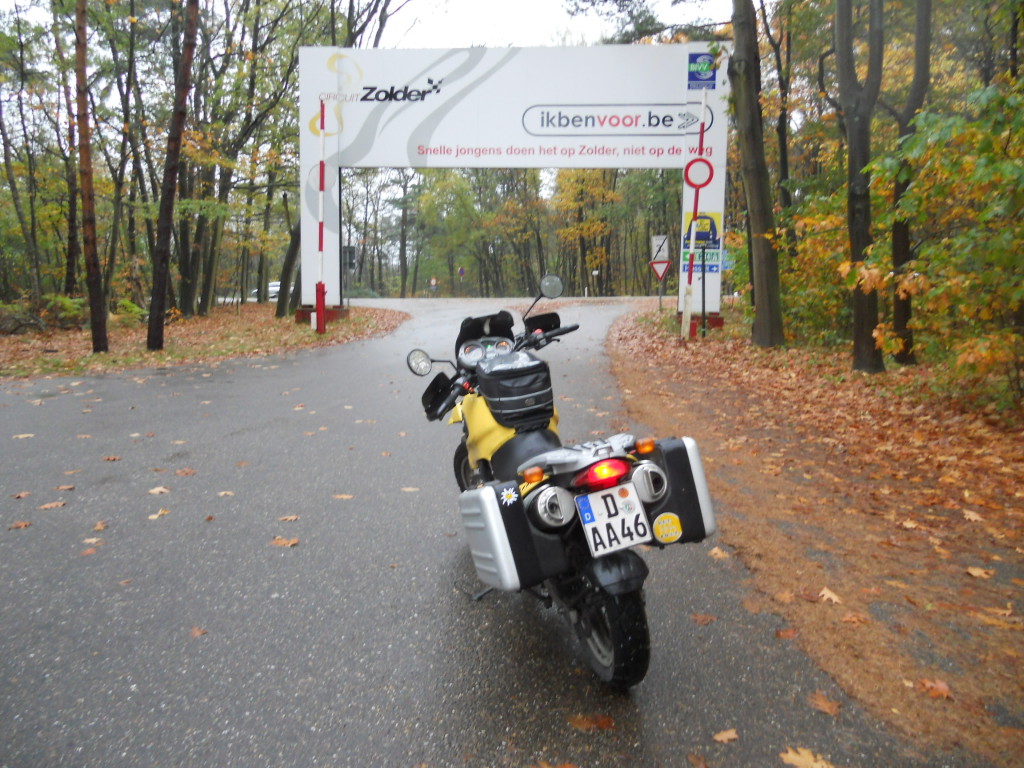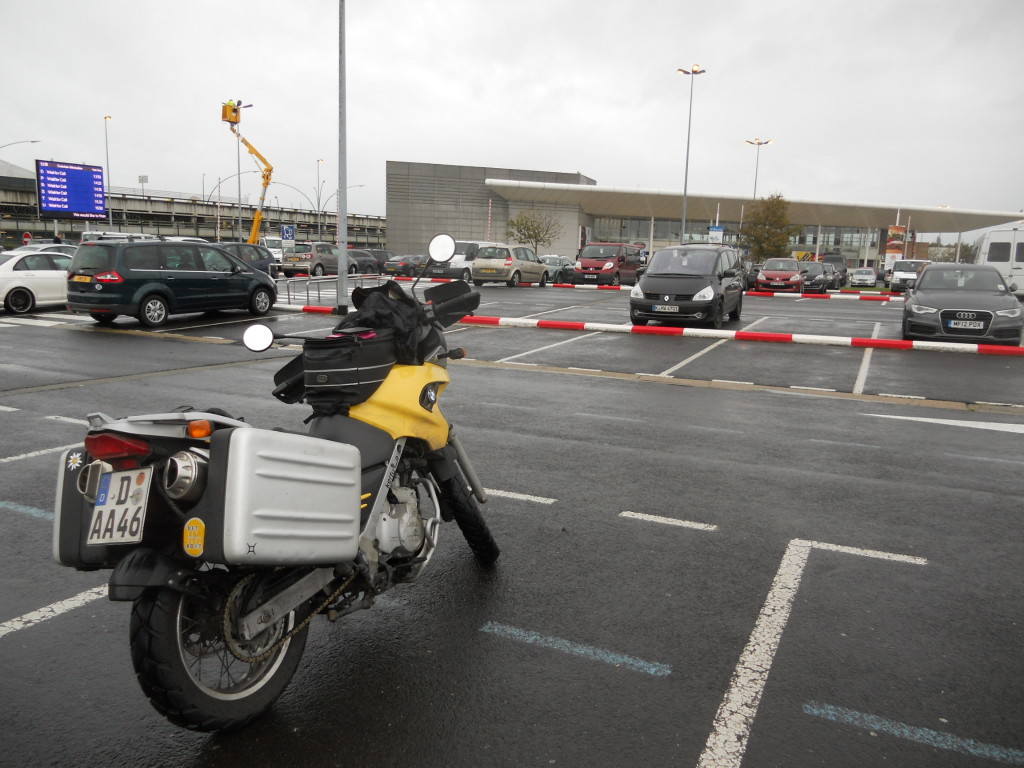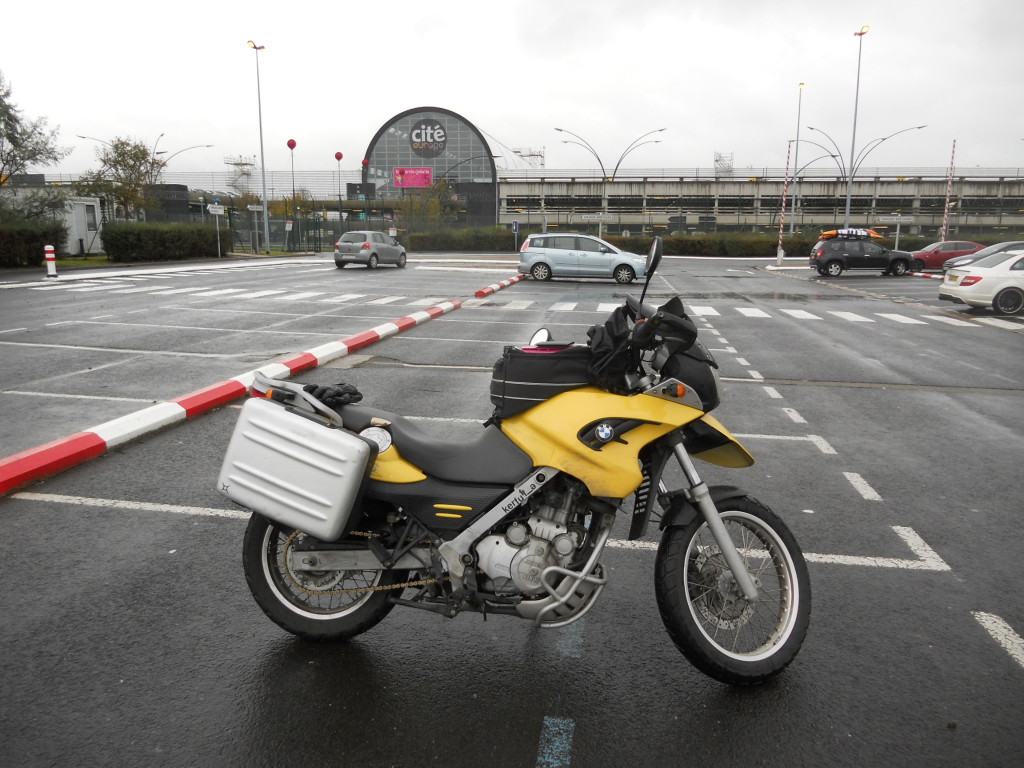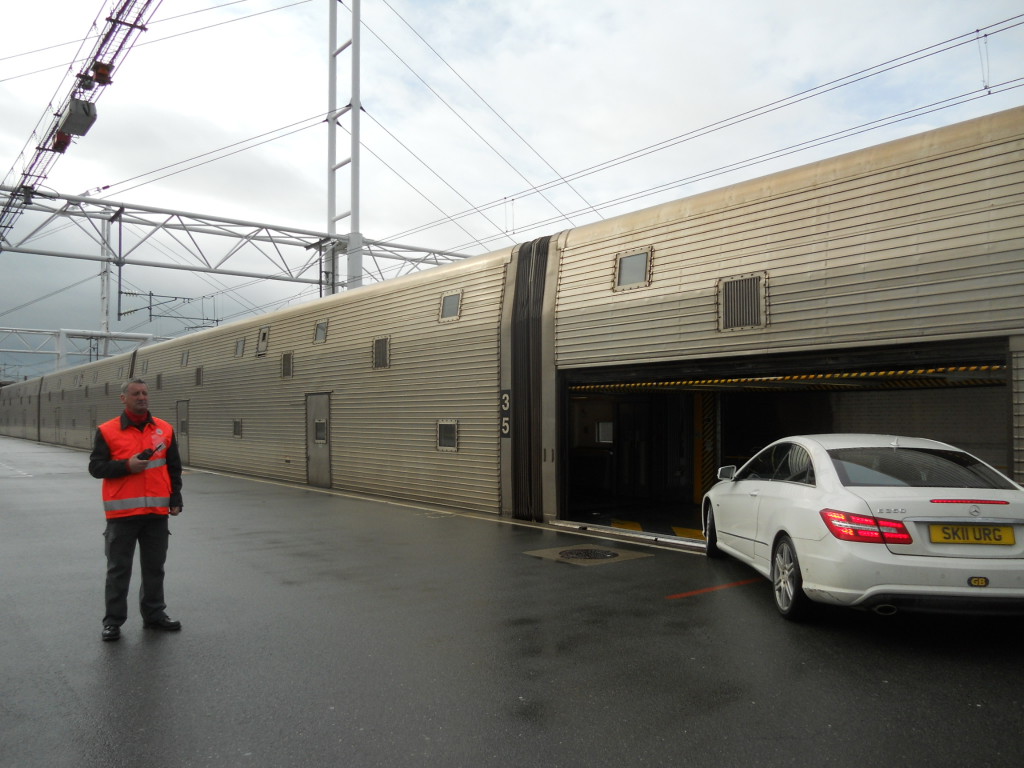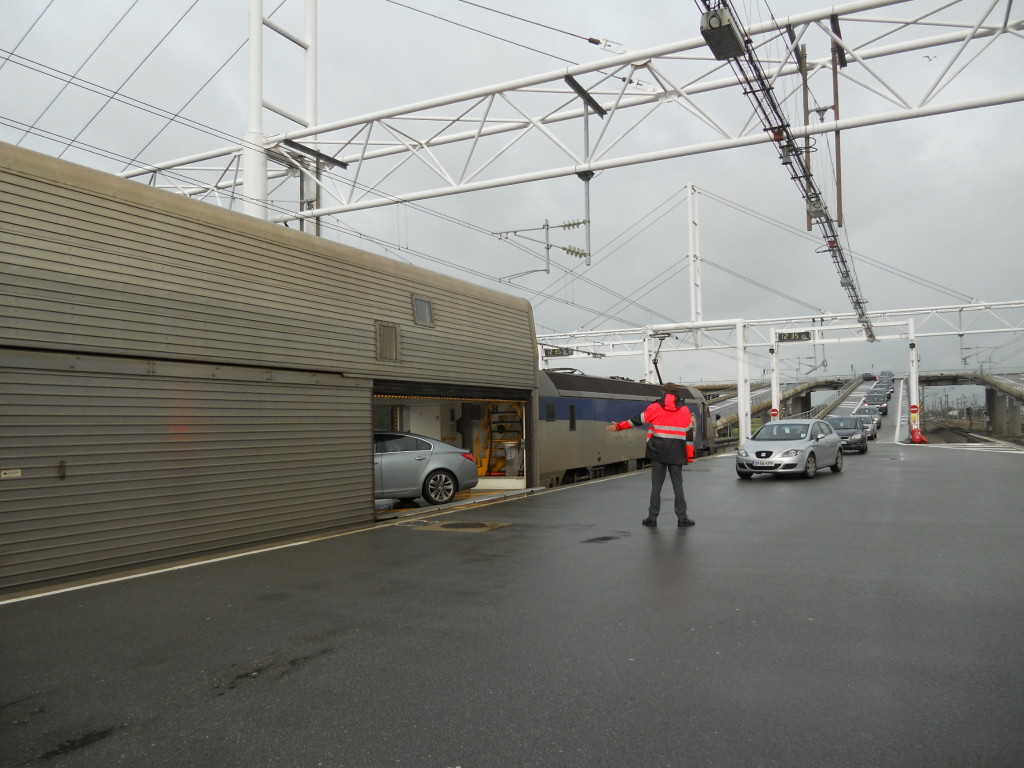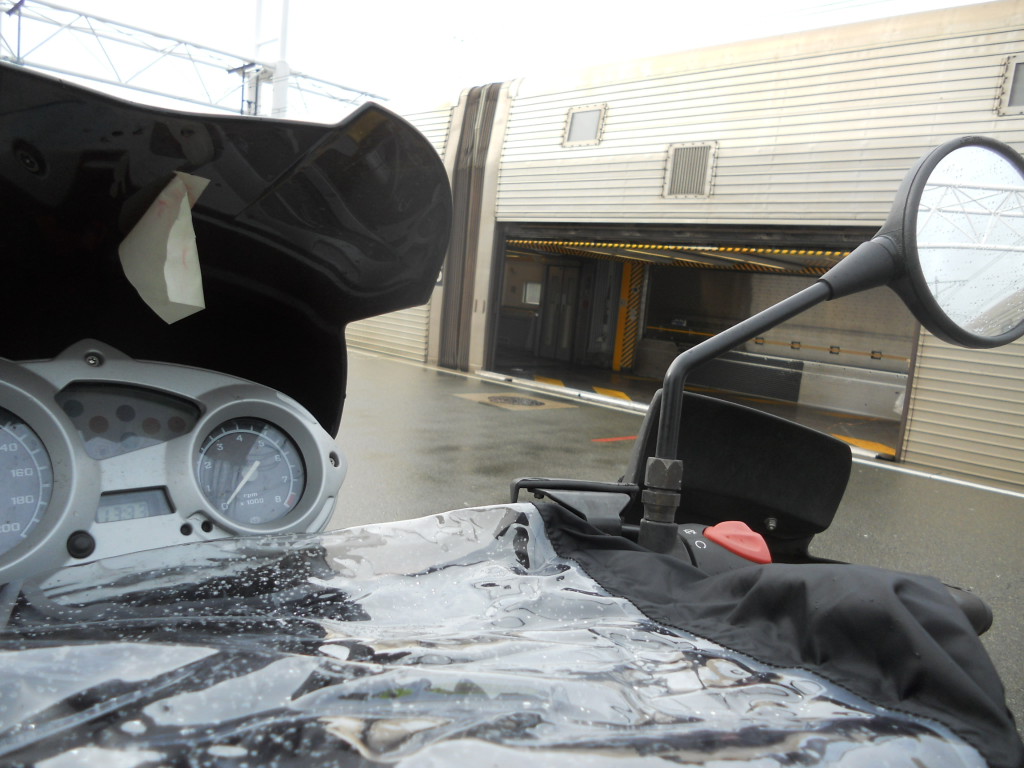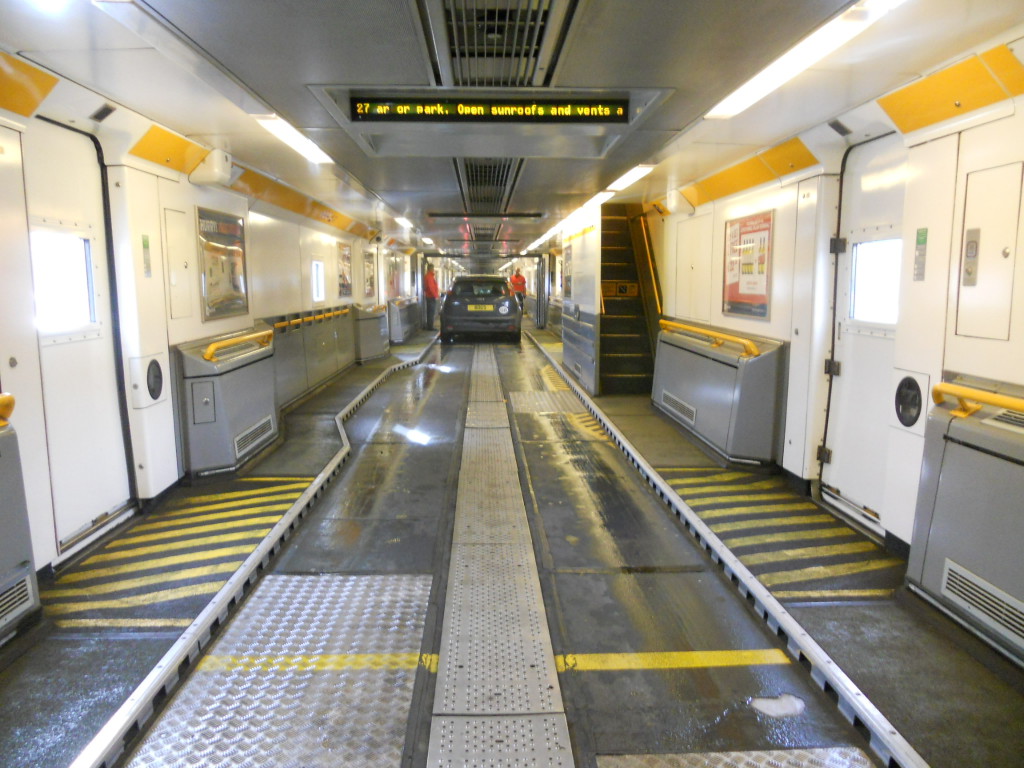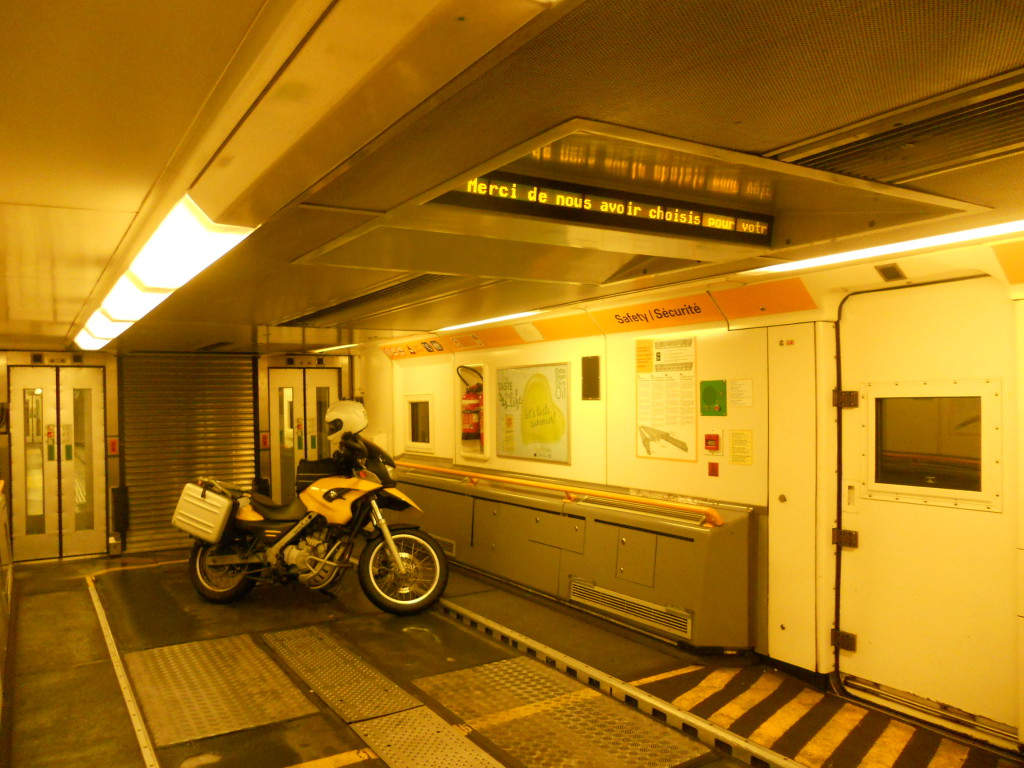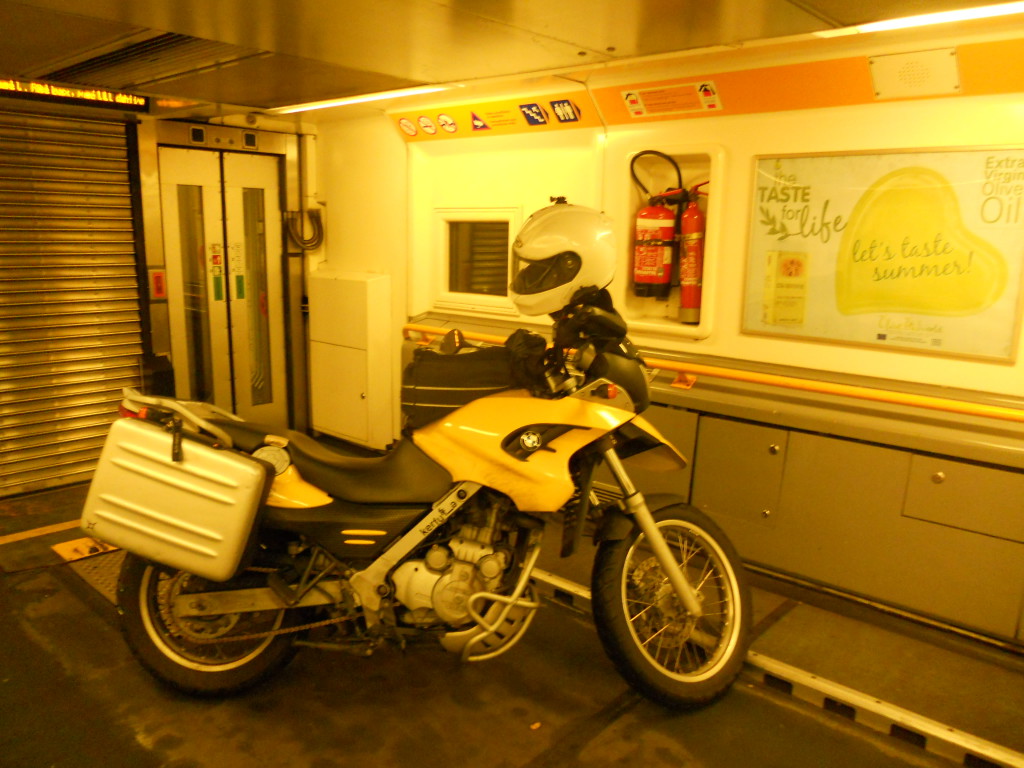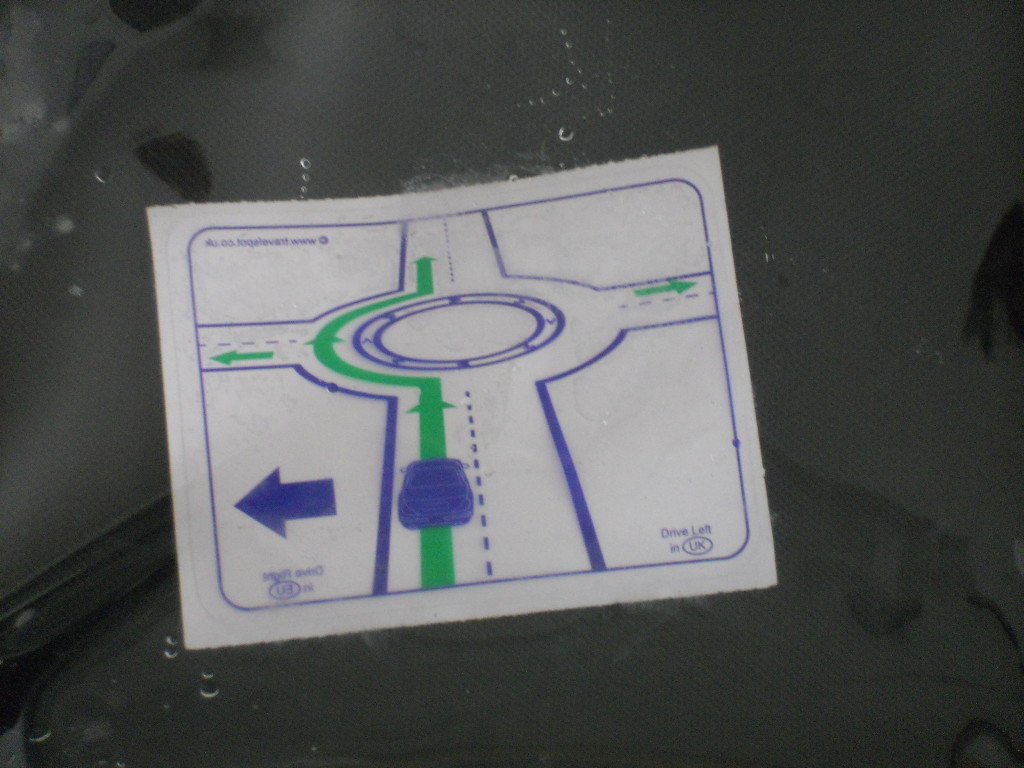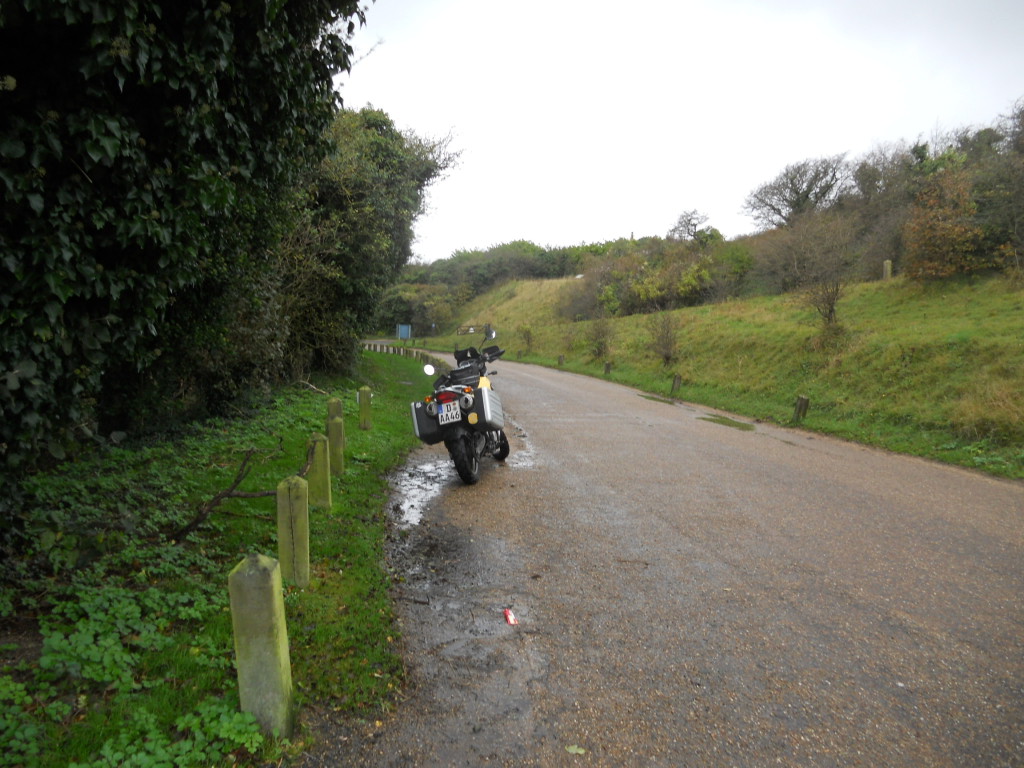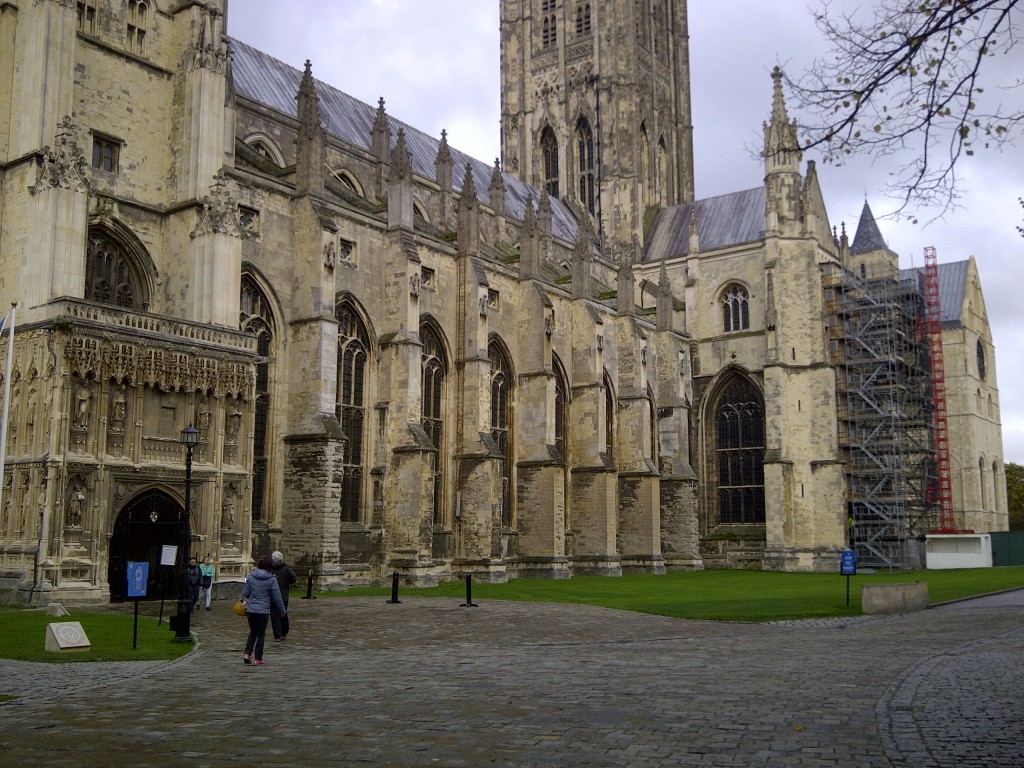Having learned to ride in Germany, home of so many twisty roads and so friendly to bikes, I find nothing beats a weekend over there with a bike. Work travel over a German holiday weekend (that coincided with my birthday) afforded me the opportunity to have a long weekend, so naturally, I needed a bike.
One thing about Europe – bike rentals are easy to come by. Not always cheap, but practically every dealer and even some of the car rental shops (Sixt) will gladly rent you a bike if you can show that you’ve had your license more more than a couple of years. I emailed around prior to arrival looking for a G650GS, but no one rents those, and a lowerred or low-seated F700GS also was not materializing. So I called up my old Honda dealer and asked what they had. I was surprised to be talking to the same guy I bought my CBR from! He was surprised, too, and accidentally gave me a pretty ridiculous price on an NC700X for three days, with 900kms included. Extra kms would cost me 0.25€ each, no major disaster. As Germany is similar to the US in that for every hardcore rider, there are probably at least five bikes that see 500kms per year tops, the limit is not that low.
I went and checked out the bike, mostly to make sure it was not ridiculously tall like the F twins. Or, at least, tall for me. My F single is low from the factory, and that has its pluses and minuses. It’s made me profoundly lazy, for one thing. The CBR was a bit taller, but eventually the shock wore out a bit and my feet were right back down on the ground. Enter the Super Sherpa, which is supposed to cure me of this high anxiety, but it’s still in pieces in the garage. There was that bruising hour with the XT225 in the end that my right calf is still telling me about… So now I want to ride, and my potential rental is not quite a tippy-toe bike, but it is balls-of-the-feet or slide-over-a-bit-to-the-side high. Hmmmm…
I decided to go for it.
I got a Darkness Black NC700X that was clearly a trade-in. It had a chopped off exhaust and carbon fibre vinyl accents. 13076kms on the odometer. Very sticky tyres, stickier than I would normally choose, but hey, it’s a rental. Beggars can’t be choosers. Honda’s Rent-A-Bike program (yes, it’s actually named that) allows dealers to take bikes out of inventory and tag them for use as rentals. The program has a price for everything from a 50cc scooter all the way up to the Goldwing and includes all of the street-legal bikes and a few dirt bikes. You need only find a dealer with the bike you want available for rental.
The NC700X is, in my opinion, Honda’s take on the old BMW Scarver. A weird form factor with the tank under the seat and a ‘frunk’ – a locking storage bin where the tank would normally be. Like the Scarver, the battery is up top, but the weight is all down low. Honda laid the engine almost completely on its side, bringing the center of gravity of the bike to unheard-of lows. Why is that important? It makes the bike effortless to balance, which frankly makes calling it a taller bike a complete and total farce. It balances like a 300 pounder. You feel the real weight of the bike when you need to push it around, but otherwise, you’d never know it was there.
The frunk is far larger than I expected and packs quite a lot of junk. Had I had the brains to bring my tank bag with, I could have easily gone out for three or four days between the two containers. Two and a half was pushing it with minimal packing. However, for everyday grocery getting and whatnot, it’s probably not that bad. I easily fit two tall 1l water bottles in along with my GF bread and clothes. Actually, if I didn’t have so much auxiliary crap, I probably could have made a few more days worth of clothes fit.
It took me a good 350kms on the bike to get my posture to a stable and comfortable place. The seat sucks. Coming from my Farklelounger BMW, a Honda is a rude awaking for one’s butt. And thighs. I don’t know if it possible to have less butt-friendly seats than the stock Honda ones. I did eventually figure out how to perch on it to minimise pain and maximise whole-body comfort. The NC is billed as a tourer, a style of bike I have no experience with. I found that rather than the usual dual-sport sitting up I do, a more standard position gave me the ergos to ride pain-free and well.
Riding was interesting. I felt the weight of the bike as I pushed it through tighter curves. Through sweepers, it was effortless. Slow speed manoeuvers were tentative, but I attribute that more to being aware of my unsure footing and really not wanting to drop it.
I’ll have more on this experience in a few days, after I return the bike and decompress. Ride report and pics, too, as I was able to hook up with with my riding partner from the Alps trip to ride all over LipperLand. We hit some of our favorite roads and biker stops on the way home, too.
